FUJIFILM X-S20 Review
Dustin Abbott
June 23rd, 2023
The Fujifilm X-S10 was one of my favorite Fuji cameras of the previous generation. I gave it a positive review when it was released roughly 2.5 years ago as I liked the balance of bringing some of the best features of the X-T series into a smaller, cheaper package. A lot of Fuji cameras occupy the premium end of the APS-C space, and the X-S10 provided a strong camera at the roughly $1000 USD price point that largely had superior specs to alternatives from other brands. The Fujifilm X-S20 is the successor to the X-S10, and, as always, there’s some pros and cons. On the plus side, there are a number of core improvements (particularly on the video side), but, in the negative column there is a jump in price from the $1000 range up to $1300. There was nearly a $700 gap between the X-S10 and the X-T4; the gap between the X-S20 and the X-T5 is only $400, which will certainly leave a few buyers strongly considering that camera instead.
The X-T5 received the higher resolution sensor of the X-H2 (40.2 MP) while the X-S20 carries on with the older 26MP X-Trans BSI-CMOS sensor found in a number of other Fuji cameras. This might be part of Fuji’s market strategy, however, as not everyone needs (or wants) the higher resolution point.
The X-S10 was a bit more revolutionary than the X-S20 as it was the first of Fuji’s lower priced models to get features like IBIS (In Body Image Stabilization), the 26MP X-Trans sensor, faster burst rates, and a fully articulating LCD screen. The X-S20 is more evolutionary than revolutionary with more subtle improvements. A lot of the core features remain the same:
- 26.1MP BSI X-Trans IV CMOS sensor
- ISO 160 to 12800 (80 to 51200 extended)
- Hybrid AF system (117 contrast / 425 Phase Detect points)
- Up to 20fps continuous shooting with electronic shutter (30fps with 1.25x crop)
- 1/4000th second max. shutter speed (1/32,000th using the electronic shutter)
- 0.39-in OLED EVF with 0.62x magnification, 100Hz
- Similar Dimensions (the X-S20 is 1.7mm wider and 26g heavier)
- Single SD card slot
Key improvements include:
- Larger NP-W235 battery (from higher end models) that nearly doubles shots and video record time
- Deep AI learning autofocus tracking (similar to X-T5 and X-H2)
- Newer/faster X-Processor 5
- Slightly improved IBIS
- Up to 6.2K video and 4K60 options
- Improved LCD resolution
- Card slot now supports UHS-II
- Deeper buffer
- Can be used as a webcam via the USB-C port
When you add all of these up it equals an improved camera in a number of key areas, but there really isn’t a lot of new features that jump off the page. This is a pretty common trend in camera development, in my experience, as while some generations really push the envelope for new features, the next generation is often where those features are refined and the camera matures. In short, it’s in that second generation that things start to work as they should! The challenge here is that Fuji has elected to do a significant price increase on the cycle where there isn’t a lot of headline new features or upgrades. Will that present a marketing challenge? Will the X-S20 be as successful at $1300 as the X-S10 was at $1000? That remains to be seen.
For those that want a smaller, lighter, simpler camera that has many similar features to the higher end Fujifilm X-T5 (my review here), the X-S20 offers a compelling package. It has solid autofocus, competitive buffer depth, long lasting battery life, and very good image quality. It also happens to be quite a little video powerhouse, as we’ll see. It also comes at a great time for the Fuji ecosystem, as Fuji’s opening up to third party lenses has opened a floodgate of new development from Sigma, Tamron, Samyang, Viltrox, and more. I’ll use a few of those new lenses in this review, including the Tamron 11-20mm F2.8 RXD and the Viltrox Pro AF 75mm F1.2. I’ve also got some interesting new lenses on hand from Fuji, including the new XF 8mm F3.5 wide angle lens and the XF 18-120mm F4. I’ll also throw in a few shots from the extremely inexpensive XC 15-45mm F3.5-5.6 OIS PZ kit lens. The question to be answered is if the X-S20 ends up feeling “worth the money” relative to Fuji’s alternative offerings. I’ll do my best to answer that in this review. If you would prefer to watch your reviews, you can check out my definitive video review instead.
Follow Me @ YouTube | Patreon | Instagram | Facebook | DA Merchandise | Flickr | 500px
Thanks to Fujifilm Canada for sending me a review sample of the X-S20 and some lenses. As always, this is a completely independent review. All conclusions are my own.
Fuji X-S20 Build, Handling, and Features
The X-S20 continues the trend of taking a number of high end features from the X-T series and packing them into a considerably smaller body. The X-H2 is fairly large – pretty much equivalent to a full frame camera, and the X-T5 is smaller and slimmer, but the X-S20 feels very compact in something akin to the Sony a6600. It measures in at: Width: 127.7mm (5″) | Height: 85.1mm (3.4″) | Depth: 65.4mm (2.6″). The grip is fairly deep, though as always with shorter cameras like this I feel like I have no place to put my pinky finger because of the relatively low height.
The weight is still quite light at 491g (1.1lb) with memory card and battery, or 410g (0.9lb) without. The X-S10 weighed 465g with battery and memory card, but that’s a little deceptive as the battery was so much smaller. The bare camera weighed 415g, or 5g more than the X-S20. Fuji has actually managed to keep the weight quite low despite the camera being very slightly wider than its predecessor.
My only other grip complaint (outside of having no place for my pinky!) is when using larger lenses. I noticed when using the Viltrox Pro AF 75mm F1.2 that the deep grip combined with a wider lens made for a close fit for my fingers between the lens barrel and the grip of the camera. I had a recent injury to one of those fingers and it is still a bit sensitive, so I noticed more than I might ordinarily.
Viewed from the front, the X-S20 has a classic Fuji camera profile, though conspicuously missing is my favorite little control level for choosing between M/S/C (Manual, Single Shot, Continuous).
It remains a curious omission, as some lower priced cameras have it. I find this control particularly important on Fuji bodies as Fuji lenses themselves almost never have an AF/MF switch, so that lever is the simplest, most direct way to enable MF. I had to go into menus to choose MF, which is obviously a slower process.
While I’m griping, I’ll detail my other main handling complaint. Like the X-S10 before it, the X-S20 has only a single SD slot that is located down in the battery compartment on the bottom of the camera. That location means that if you ever work from a tripod (for video or stills) and mount a quick-release plate, you almost always have to remove or at least loosen the QR plate so it can be moved out of the way to access the battery compartment and memory card.
It may seem like a minor thing, but as someone who does major projects where I’m collecting a lot of video and stills for reviews, this gets really annoying. I MUCH prefer a memory card location on the side of the camera. The higher end X-T cameras have two card slots and a memory card compartment on the side.
As noted, the battery is improved from the lower end NP-W126S Rechargeable Lithium-Ion, 8.4 VDC, 1260 mAh unit that is rated for 325 Shots to the much better, much larger NP-W325 unit found on Fuji’s higher end cameras. The NP-W325 is a 2200 mAh battery and is rated for 750 shots here, or more than double the rating of the previous battery pack. It also means that video recording time as related to battery life is vastly improved as well – expect to get around 2 hours of record time on a charge. This is one the biggest practical improvements to the camera (and an issue that I harped on for the X-S10, as there was clearly room in the grip design for the larger battery. The grip is the exact same size on the X-S20).
Though small and compact, the build materials on the X-S20 are excellent. It is built from the same premium magnesium alloy we see on higher end cameras.
This promises to make the camera more durable and professional grade, though that is counterbalanced by the reality that there is no weather-sealing in the camera body.
Sigh.
The realities of mid-level cameras, where you are sometimes delighted by what’s there and then frustrated by what is not.
On the positive note of what is here, we have a great 3″ fully articulating touchscreen that has been upgraded to a higher 1.84 million dot resolution. I love an articulating LCD as it allows for front monitoring and also more flexibility in the camera position and angle of shots.
This can really make a difference when in front of the camera, as it gives you visual feedback on framing and if something goes wrong (like a dead battery)!
Fuji’s touch capacity has not changed (or improved) over the three generations of cameras that I have now tested. It used to be that Fuji was at least better than Sony, but Sony has finally improved on this aspect and their recent cameras are fully navigable by touch. Fuji allows you to select focus areas, touch to capture, and to navigate the Q (quick) menu, but no navigation of main menus and there is noticeable input lag when compared to the better response of competitors. It’s time for some serious improvement to the touch capacity of Fuji cameras, as they have fully fallen behind in this area.
Speaking of that Q menu…
On the X-T30, the Q button was placed right on the thumb rest area, a serious ergonomic faux pas, so Fuji has wisely relocated the Q button from there. The new position (on top of the camera) works fine, though it won’t be intuitive for anyone who has used just about any other camera, well, ever. Every Q menu button I’ve previously seen has been located on the back of the camera, so it will take a while before you instinctively reach for it there.
There is also a dedicated ISO button there, which I certainly approve of.
You’ll also note that instead of the traditional Fujifilm control scheme found the X-T series that leverages retro-style dials for ISO, shutter, and exposure compensation, Fuji has opted for a more generic set of controls. This includes a mode dial similar to what you would see in many cameras and then front and rear dials to control things like shutter, aperture, or exposure compensation.
This more standard scheme feels a lot less “Fuji”, but will probably also make the X-S20 feel more accessible to those unfamiliar with the Fuji way of doing things and will probably also serve to make the camera less intimidating to those photographers put off by the more analog approach Fuji has taken in the past. Everything works fine, however, and in many ways this is a better ergonomic setup than what is found on the Sony a6xxx series. There is one addition to the mode dial, and that is a dedicated VLOG position. The VLOG position takes you into a video mode, but with additional options available. This includes a self-timer (countdown to the start of the video), direct link to the Face/Eye detect settings, a “product priority” focus mode (rather than focusing solely on the face of the presenter it will prioritize a product when it enters the frame), IBIS control, High Speed recording options, and a “Background Defocus” mode (which sets the lens to the maximum aperture to create a more defocused background).
I still don’t like the shutter button as well as some of other Fuji lineups. The shutter is almost slightly recessed in the housing, which requires you to depress it by shaping your finger a bit. This will certain be exacerbated in cold weather when I’m wearing gloves. That same observation also applies to the video record button located by the shutter button, which is very small and sits flush with the top of camera. Both of these buttons would be more useful if they were raised a bit and easier to find by touch.
The rear of the camera has a small joystick that helps navigation and selecting a focus point along with the standard compliment of buttons that one would expect to find back there.
The left side of the camera has three ports in two compartments. The top port is a clean, compact microphone input slotted nice and high that can also be used as a remote shutter release port. A dialogue on the LCD screen smartly pops up when you plug into the port asking if you want to select something other than a microphone input (a remote release cable, for example). You can jump directly into those menu settings if desired, or it will go away in a few seconds if you don’t want to change anything.
The second compartment has a micro-HDMI port along with a USB-C multipurpose port. The USB-C port can be used either for data transfer or charging.
The top left side of the camera has a lever that will pop up the built-in flash, which has a 16.4′ (5 m) at ISO 100 guide number. Not particularly powerful, but useful in a pinch if you use it right. In most situations you’ll probably be better off avoiding using that flash, as it rarely produces flattering results. There’s a reason most pro cameras come without a built in flash.
There’s also a dial there that is set by default to toggling through various film simulations. This is a bigger deal on Fuji cameras than most other systems as they have more varied (and often better) simulations that can really give you a certain “look” for your JPEGs in camera. It’s particularly handy for those that prefer to shoot JPEG and not process RAWS, as the film emulation style doesn’t effect RAW images. You can change the function of that ring to a variety of other uses in the menu, however.
Like the X-S10, the X-S20 has Fuji’s In-Body-Image-Stabilization (IBIS). This is a hugely desirable feature, as it provides true sensor-based optical stabilization that works with all of your lenses. You can even input the focal length if you are using a manual focus or adapted lens and don’t have electronic contacts. The IBIS is more effective than on the X-S10, however, and is CIPA rated at 7 rather than 6 stops of assistance. I find IBIS an incredibly important feature for photography but even more for video capture. I forget how shaky handheld run and gun video footage is without IBIS!
Fuji has some of the best stabilization in the business and it is a genuine joy to use.
The viewfinder is a slightly undersized 0.39″ number with 2.36 million dots of resolution and a 0.62x magnification, so while LCD resolution was upgraded here we have the exact same viewfinder as before. It’s fine, but unexceptional, and I noticed a HUGE difference switching between it and the larger (0.5x), higher resolution (5.76m dot), and higher magnification (0.80x) viewfinder of the X-H2.
The X-S20 is compatible with Fuji’s new FAN-001 cooling fan accessory. This is an interesting concept, as it plugs into the body with the screen rotated out and actively cools the camera chassis to extend video recording time. You aren’t going to be able to close the screen with the FAN-001 attached (for obvious reasons), but it seems like a fairly intelligent solution to a common problem for those focused on long format video capture at higher bitrates and resolution levels.
Another new and interesting accessory that works well with the X-S20 is the TG-BT1 Tripod Grip. I’ve reviewed several such accessories in the past for other platforms, and they are very useful for Bluetooth control, extending your reach for vlogging, a quick tabletop tripod, and even for video capture where you have the major controls right at hand. It’s particularly useful if you have one of the powerzoom lenses (like the kit lens 15-45mm OIS PZ) as you can smoothly zoom in our out without grasping a ring of any kind. I really like the 18-120mm F4 OIS PZ for its superior build, great zoom range, and constant aperture (which helps when zooming through the focal range).
I like the X-S20 as a compact and yet feature rich camera for most of the same reasons that I liked the X-S10 before it. There are a lot of positive strengths here, but, outside of the transition to the bigger, better battery and the addition of an additional 3.5mm port for headphone monitoring, there isn’t much here to distinguish the X-S20 from the X-S10 in the overall design and handling despite the $300 price increase.
Fujifilm X-S20 Autofocus System
The Fujifilm X-S20 inherits the focus system we’ve seen on a number of Fuji cameras beginning with the X-T3. It’s a good AF system that is competitive on paper with alternatives from other brands, though with a few practical limitations where Fuji still lags. We’ve got a hybrid phase detect/contrast AF system, with 425 phase detect points that are selectable across the frame. Use the rear wheel to expand or contract the active focus/tracking area.
The improvements come under the hood of this focus system and are largely attached to improved processing via the faster X Processor 5 along with an improved autofocus algorithm that Fuji developed for higher end cameras like theX-H2S. Also improved is the AI learning that adds a variety of subjects that can be detected and automatically tracked, including: Animal, Bird, Automobile, Motorcycle & Bike, Airplane, and Train modes. In full Auto mode, the camera will attempt to recognize and apply the correct mode based on the subject in the frame, which is great except for the fact that I don’t want to shoot in “Auto” mode. Your mileage may vary, however.
The thumbstick can be used to move the focus point around, and, if enabled, you can also touch on the screen even with your eye on the viewfinder to do the same. What I find less intuitive, however, compared to Sony and Canon is that even if you have all points active, the focus system will still search for focus only in the active “box”, which you still have to move around…unless there is a trackable subject on the screen. It’s fine for the most part once a subject has been selected, but even when you expand the focus area to whole sensor tracking a smaller green box remains and you essentially have to get that green box on the subject before whole sensor tracking begins. At that point the focus will follow all across the frame, but it feels a bit like the old focus/recompose method of the past. I prefer the Canon/Sony approach where the autofocus system AI scans for the subject across the whole frame (if enabled), and you can then override the subject it selects if so desired, but I find that 90% of the time it grabs the right subject.
The AI tracking will also track insects, and, as I’ve recently become a beekeeper, this was an interesting addition for me.
Though on paper the focus system is largely the same as what I’ve seen for a while, there has been a significant improvement in the quality and consistency of focus. The focus algorithms have improved, and it also helps that recent Fuji lenses have a more sophisticated autofocus system in them. The AI learning has definitively improved as well, and I find that once the system is tracking, it has good stickiness and good visual feedback that helps inspire confidence that tracking is taking place. The focus system is capable of precision focus, however, even at F1.2:
If there is a trackable subject, autofocus works well. The eye precision is not as exact as some of the best cameras, but it works very well in general. I tested with both humans and also a sequence with Nala at a variety of focus distances and angles.
One of the key improvements here is improved buffer depth. That’s due to a faster processer (X Processor 5 mentioned before) and an upgrade to the memory card compatibility (UHS-II instead of just UHS-1 SD cards). The shutter burst rate is good, with 8 FPS available with the mechanical shutter but a jump up to 20 FPS available with the electronic shutter. One can even stretch that up to 30 FPS in their “sports mode” that has an additional 1.25x crop factor (smaller files can move through the pipeline faster). Here’s a look at the X-S20 figures (in bold) vs the X-S10 figures. UR = Uncompressed RAW. LR = Lossless Compressed RAW. CR = compressed RAW
- Mechanical shutter (8 FPS): 35 UR | 90 LR | 1000+ JPEG or CR | X-S10 = 18 UR | 18 LR | 23CR | 105 JPEG
- Electronic shutter (20 FPS): 28 UR | 44 LR | 79 CR | 256 JPEG | X-S10 = 17 UR, LR, or CR | 32 JPEG
- 20.9 MP Crop/Sports Mode (30 FPS): 28 UR | 62 LR | 88 CR | 407 JPEG | X-S10 = 17 UR, LR, or CR | 29 JPEG
What we see is not only more speed (typically twice as many frames at least) but also more versatility in buffer depth for different file depth. At 8 FPS you can shoot essentially endless JPEGs or Compact Raw, and the 90 Lossless Compressed RAW buffer means that you can have over 11 seconds of continuous image capture. The faster 20 FPS electronic shutter gives you less depth, obviously, though you still get as much as 4 seconds of continuous burst when shooting Compressed RAW and plenty of time if you choose JPEGs (the 256 vs 32 figure really jumps out). These figures definitely move the X-S20 towards the head of the class for this level of camera. Shooting a burst allowed me to catch this “bee’s dance” where one bee is taking off and another seems to be doing a headstand (shot with the Tamron 150-500mm):
Video autofocus is definitely improved, as we now have the ability to have similar AI tracking of the same variety of subjects during video capture, and I find autofocus when shooting video more confident in general. I tested video pulls with several lenses along with face tracking and found the results were mostly very good, though I did see a bit more stepping in some focus pulls than what I see with recent Canon or Sony cameras. Some of that comes down to the lenses, obviously, but I’ve also had the chance to test some lenses (like those from Viltrox and Tamron) in both Fuji X-mount and Sony E-mount, and autofocus pulls feel a little smoother and more confident on Sony bodies.
The X-S20 allows you to configure the shutter so that the camera will automatically switch between mechanical and electronic shutters depending on shutter speed. The mechanical shutter continues to have a budget camera 1/4000th shutter speed limit, but that’s easily overcome by the switch to electronic where the shutter speed limit is a whopping 1/32,000th of a second. Both of these figures are carryovers from the X-S10.
On paper, the focus system is largely the same as the X-S10, but real world performance is definitely improved. There’s more confident subject tracking, deeper buffers, and generally more reliable autofocus across the seven different lenses I used during my test period. Fuji isn’t quite at the level of Canon or Sony when it comes to autofocus performance, but the gap isn’t as big as it used to be, either.
Fujifilm X-S20 Video Performance
Video performance is another key area of improvement for the X-S20, furthering its credentials as a very good hybrid photo/video machine. We’ve already noted the physical improvements, which include the addition of a dedicated headphone monitoring jack and the cooling fan accessory to make sure that overheating is never a problem. But also improved is the resolution and bitrate options here. Whereas the X-S10 was capped at 4K30, the new X-S20 will let you shoot 6.2K30 and 4K60 in either UHD or DCI framing. Bitrates go as high as 4:2:2 10-bit internally up to 360Mbps (only 8 bit recording was available internally on the X-S10). Here’s a look at the various formats, resolutions, and bitrates available.
You can also choose slightly better than HD resolution DCI 2K framing (2048 x 1080) and get up to 240P in high speed recording mode. It is worth noting also that we no longer have a forced recording limit of 29:59 either; you are now only limiting by the size of your recording media or temperature. You have the ability to output either Apple ProRes RAW or Blackmagic RAW footage at 12 bit resolutions provided you have a suitable ATOMOS or Black Magic external recorder. The dinky micro-HDMI port doesn’t necessarily inspire confidence for serious external recording, however, though, to be fair, you have to skip the X-T5 and go right up to the X-H2 or X-H2S to get a full size HDMI port.
We’ve also got an upgrade to F-Log 2 and up to 14 stops of dynamic range on tap, and it’s worth nothing that all 19 of Fuji’s film simulations are available for video recording as well as photos. You have further options to tweak the look of footage in the menus to really get a look that you like even if you don’t want to spend time grading footage.
Another structural change is the addition of the headphone monitoring jack to the right side of the camera; a move clearly designed around video capture.
Fuji cameras in general produce very nice footage with good detail, excellent color, and, when shooting LOG, excellent dynamic range.
As mentioned earlier, there is a dedicated VLOG mode on the dial that gives you those options for when you are both creator and camera operator. Another really intriguing improvement is the ability to use the X-S20 as a dedicated webcam without the need for software. It’s as simple as connecting the X-S20 to the computer with a USB-C cable.
All of this adds up to a very versatile little video platform, and it seems from Fuji’s promotional materials to this point that they marketing the X-S20 as a creator/vlogger camera. I’ll note that using the TG-BT1 Tripod Grip adds versatility to the idea of this being a vlogger camera. It gets the camera another 8 inches away from you and gives you some handy controls on that grip along with a more ergonomic way to hold the camera.
Fujifilm X-S20 Sensor Performance
The 26.1Mpx X-Trans sensor in the X-S20 is a familiar one to me. This is now the fifth Fujifilm camera I’ve tested that uses this sensor (X-T3, X-T30, X-T4, X-S10, and now X-S20), so it is pretty familiar by this point. There isn’t really anything new The sensor was originally developed for the X-T3, where Fuji said of the X-T3’s sensor, “[with] a newly developed sensor, the X-T3 features an APS-C-format 26.1MP X-Trans CMOS 4 sensor, which has a back-illuminated design to afford smooth tonal rendering, improved low-light performance, and a low native ISO 160 setting. As an X-Trans sensor, it still utilizes the randomized pixel array, too, which provides a high degree of image quality and sharpness due to the omission of an optical low-pass filter. Versus conventional pixel patterns, the X-Trans design more closely mimics the organic nature of film in order to produce nuanced colors and tonal transitions, while also reducing moiré and aliasing.”
It used to be that this was the higher resolution point of the Fuji X lineup, with a more standard Bayer 24MP sensor used on some lower models, but now the X-H2 and the X-T5 utilize a much higher resolution 40MP sensor. This 26MP sensor is a good but not exceptional one. I’ve spent time with and reviewed most all of the competition, so, my quick conclusion is that this sensor is a competitive but not a clear winner in any category. The Sony 24Mpx sensor in many of its cameras has a bit more dynamic range and slightly better ISO performance. Canon has the resolution win with 33Mpx in its M6 Mark II. I’ve also not personally seen any area where I find X-Trans to be superior in some way to Fuji’s more traditional 24 MP Bayer sensors (like on the X-T200 that I recently reviewed). Fuji says that the X-Trans sensor produces a more film-grain-like noise pattern, but frankly this seems a little hyperbolic. I don’t really see it. Here’s a look at the various file sizes and framing options:If you don’t want the technicalities, here’s a brief summation of the sensor performance. This sensor has a smaller native ISO range than the X-T5 or X-H2 at ISO 160-12,800 (those cameras have a base ISO of 125). Most competing camera from Sony or Canon have a larger ISO range that starts even lower at ISO 100. I like to charitably call this Fuji being conservative and avoiding the marketing extremes. I have found that Fuji competes well with, say, Sony, across its native range but Sony continues to have usable results after 12,800.
Likewise, Fuji’s sensors don’t quite have the same amount of dynamic range as competing Sony sensors (close to a stop less DR at base ISO), though the Fuji sensors are more competitive at higher ISO values. I found that shadow recovery is clean, but I start to see highlight clipping earlier on. Fuji does have a feature called DR200/DR400 that open up at higher ISO values (320/640) that will sample the highlight information from the base ISO while taking the midtone and shadow information from the selected ISO value. This does help the dynamic range to be more competitive.
I also find Fuji images a little more complex to sharpen, as the X-Trans sensors have a unique way of handling information.But what the sensor does have is Fuji’s excellent color science. Many people love Fuji colors (myself included), and they include a number of their film emulations that can give a unique “feel” to images and/or video footage. I’m currently loving the Astia/Soft profile for a great look that works well on a wide variety of images. Fuji also has a fantastic JPEG engine, so if you just want to take photos and not spend a lot of time editing them to get the look you want, you may really enjoy the Fuji approach. Fuji also does a great job with in camera correction profiles, and so often the JPEG output looks even better than what the RAW images might suggest is possible. Note: as there are no changes to the sensor itself, the following are results given
ISO Performance
The native ISO range of Fuji’s 26Mpx X-Trans sensor is more limited than alternatives from Sony or Canon, running from ISO 160 to 12,800, with an expanded range going down to ISO 80 and moving up to 51,200 on the high end. I personally don’t ever use expanded ISO ranges and consider them more marketing than actually useful.. The native range is usable throughout, and even images ISO 12,800 are perfectly usable in many situations. Here’s a look at an image and crop of a guitar taken at ISO 12,800:
There’s some obvious noise at a pixel level, but the basic image is perfectly useful. Here’s another image at ISO 12,800 where I’ve used the Fuji ACROS + G monochrome simulation, and I would argue that the noise in this image is quite film-like and pleasing.
So how about at lower extremes? At ISO 800 there is a tiny addition of noise only detectable in the shadows. There isn’t a lot of difference from base ISO, however, and moving on to ISO 1600 shows little difference. At ISO 3200 there is slightly less contrast and slightly more noise, but still at a very acceptable level:
That pattern continues at ISO 6400 and 12,800, where the noise becomes rougher and more visible in shadow areas, with 6400 being cleaner than ISO 12,800.
You can go up into an “extended” range that gives you the 25,600 and 51,200 options. The first might be usable in non-critical situations, but few people will be happy with what ISO 51,200 is going to give you for any kind of application.
I will say that ISO 25,600 in particular does do a good job of “color fastness”. If we step back and look at the images on a global level, we can see that the sensor has done a good job of keeping a consistent color balance without color shift or color banding.
This is a solid ISO performance, and this is at least one area where the older 26MP sensor found in the X-S20 is going to deliver better results than the larger resolution 40MP sensor of the X-H2 or X-T5.
Dynamic Range Performance
I value dynamic range within a camera in two specific areas: the ability to cleanly lift shadows without introducing noise or color banding and the ability to recover highlights without introducing “hot spots” where information has been permanently lost. The value of good dynamic range is in the margins of photography, as eliminating shadows or recovering blown out highlights doesn’t always produce the better image. Having good dynamic range (particularly if you shoot RAW), allows you a lot more creative vision over how the final image will turn out (particularly with Adobe’s new AI tech for getting more information out of the sky). This shot, for example, has all of the rich detail in the shadows and colors of the trunk of the fallen tree and the moss on it, but also allowed me to recover the sky rather than just a blown out mess. This shot was taken with the new Fujinon XF 8mm F3.5, which is a very sweet little lens, by the way.
Fuji has an extra trick up its sleeve to help you maximize dynamic range performance in such scenes, which we’ll get to in just a moment.
In my tests, I found that the X-S20 did an excellent job of recovering shadows very cleanly. Here we have an image that I purposefully underexposed by four stops. As you can see in the original RAW image, there is very little information left there. In post I added those four stops back into the recovered image. What we find is an image that has been recovered with very little penalty. Contrast looks good and the image is nice and bright.
Here’s a look at that same image at a pixel level. We see little additional noise, no banding or discoloration, and a nice restoration of contrast to the image.As is often the case, however, highlight recovery lags behind shadow recovery. While a 2 stop highlight recovery is nice and clean, by 3 stops the recovered image is not natural looking at all:
Moving beyond that is obviously a fools errand. But Fuji does have a nice workaround if you want more dynamic range. If you move beyond the base ISO to either ISO 320 or 640 (and beyond), two new options open up in the menu. These are DR200 and DR400. What these do is essentially split the sensor readout so that the shadow information is gathered from the current ISO setting while the highlight information comes from base ISO. At ISO 320 that gives you one additional stop in the highlights, while at ISO 640 you gain two. This allows you to overexpose the image slightly so that you have plenty of information in the shadows, but since there is one or two stops less exposure in the highlights, you have plenty of ability to recover blown out areas in post. A three stop highlight recovery using DR200 looks just fine:
I can go even further using DR400. Here’s a four stop overexposure (look how blown out the image is on the left), and how cleanly it recovers using DR400:
I certainly will often utilize this for landscape images when I’m shooting Fuji. My priority was exposing for the interesting textures of the little barn in this shot, but rather than a white, blown out sky, I was able to recover something interesting in the sky to add to the image.
I personally enable DR400 in camera, and then it is ready if I have to raise the ISO level (either intentionally or not). Dynamic range naturally diminishes as the ISO raises anyway, so it can be a way of getting better results when the ISO is up. That’s not to say that you should shoot this way all the time, as often retaining contrast and either crushed shadows or blown out highlights makes for a better photograph, but having this technique available to improve dynamic range certainly has its uses…just don’t go too crazy on those sliders!!
X-S20 Color
Color science is the one area where there is a fair amount of consensus on Fuji. It’s definitely something that Fuji does well, and I think it’s true both on the camera sensor side and in their optical glass. Fuji color tends to be really nice, with good saturation levels and a pleasing transition of color tones. I shot this image of a still lake with the 8mm F3.5 and the X-S20, and I think the colors look lovely.
Likewise a standard shot of the woods, where the greens look really rich but without feeling garish: This shot of Nala (taken with the excellent Viltrox Pro AF 75mm F1.2) looks really rich:Fuji is also well known for their in-camera film simulations and excellent JPEG engines, and I know there are a lot of people who choose Fuji for this reason. They don’t want to mess with post processing and just want to be able to get great photos right out of camera. If you do shoot RAW files, however, it is easy to choose those same film simulations in your editing software (I primarily use Adobe products, myself). Here’s an example from the X-T4 shown first with Adobe’s Landscape profile.
Now Astia (Soft)
Now Classic Chrome
Provia
Velvia
Eterna (Cinema)
Classic Chrome is little less saturated but often has a tasteful look to it. I find Velvia (which is Vivid) is often too intense for me, but can be great for landscapes. Provia is the Standard, and it is fairly neutral. Astia is “Soft”, and it’s another one I like. Your mileage may vary, and what I like for one type of image is not necessarily what I like for another. Velvia is terrible for portraits but often works fine for landscapes, for example.
I also enjoy the monochrome film simulations and also the ability to go into the menus and tweak the look in several ways. For example, if I select Acros, I’ve got the added ability to select whether to apply a Yellow Filter (more contrast, darker skies), Red (slightly more extreme of yellow), or Green (for better skin tones). There is also an option to warm or cool the monochrome image in camera. You can move to near-sepia on the warm side and near-selenium on the cool side. This shot of a coiled rope looks great in Acros + R (red filter):
You can also control grain (if that’s your thing) in camera as well. Bottom line is that color science and the ability to manipulate color in camera remains a great strength for Fuji cameras…and you can utilize that same color science in video as well.
I would recommend checking out the Image Galleries page to get an even better sense of performance with a variety of lenses.
Conclusion
I really liked the fusion of X-T series features in a smaller, cheaper, more accessible package when the X-S10 was launched. That continues to be the lane that X-S20 operates in, though it seems like Fuji is pushing the video side of things in the X-S20. That stands to reason, as there are more tangible improvements available on the video side of things in the X-S20, from the improved video options (resolutions, bitrates, formats) to accessories like the grip and cooling fan. The main physical addition is a headphone monitoring jack, and while photographers will also benefit from the much larger battery, it will impact video shooters arguably even more. Even the inclusion of the VLOG option on the mode dial and the options that it opens up are obvious attempts to market this camera to a new audience. If you happen to be in this audience, the Fujifilm X-S20 should be a very compelling potential camera for you.
There are fewer innovations on the stills side of things, though the improved autofocus is welcome as well as the improvements to battery life and IBIS. Owners of the existing X-S10 who primarily shoot photos might not feel any great urgency to upgrade, however, as this is the same sensor, largely the same body, and mostly the same autofocus system as what is found in the X-S10…and with a significant price increase.
I’ve enjoyed using the X-S20, though the viewfinder feels a little constricting at this point and I’ll never be a fan of a memory card slot located in the battery compartment. There’s less of a price divide between the X-S20 and the more robust X-T5 than there was between the X-S10 and the X-T4, though perhaps not everyone is interested in moving to the higher resolution point of the X-T5. But you can get a used X-T4 for a few bucks less than the X-S20, which may cause a little bit of frustration for those looking for a clear upgrade path. I’m always glad to see choices on the market, and, while I don’t find the X-S20 as compelling based on the market as I did the X-S10, it is a nice evolutionary upgrade over what was already a very nice camera. Decisions, decisions…
Pros:
- Excellent In Body Image Stabilization
- Fully articulating LCD touchscreen
- Magnesium alloy body
- Deep, functional grip in compact body
- Big new battery gives all day performance
- Addition of AI Learning to autofocus tracking
- Excellent JPEG engine and film emulations
- Good set of video features
Cons:
- No weather sealing
- Single SD card slot based in the battery slot
- Underspecced viewfinder for 2023
- Video AF still not as good as competitors
- No focus mode dial on front
Gear Used:
Purchase the Fujifilm X-S20 @ B&H Photo | Adorama | Amazon | Camera Canada | Amazon Canada | Amazon UK | Amazon Germany | Ebay
Purchase the Fujifilm X-T5 @ B&H Photo | Adorama | Amazon | Camera Canada | Amazon Canada | Amazon UK | Find it Used at KEH
Purchase the Fujifilm X-S10 @ B&H Photo | Amazon | Camera Canada | Amazon Canada | Amazon UK | Amazon Germany | Ebay
Purchase the Fujinon XF 8mm F3.5 @ B&H Photo | Adorama | Amazon | Camera Canada | Amazon Canada | Amazon UK | Amazon Germany
Purchase the Fujinon XF 18-120mm F4 @ B&H Photo | Adorama | Amazon | Camera Canada | Amazon Canada | Amazon UK | Amazon Germany
Purchase the Fujinon XF 33mm F1.4 @ B&H Photo | Adorama | Amazon | Camera Canada | Amazon Canada | Amazon UK | Amazon Germany
Purchase the Fujinon XF 30mm F2.8 Macro @ B&H Photo | Amazon | Camera Canada | Amazon Canada | Amazon UK
Purchase the Viltrox Pro AF 75mm F1.2 @ B&H Photo | Amazon | Viltrox (use code DUSTINABBOTT for 10% off) | Amazon Canada | Amazon UK | Pergear Store
Want to support this channel? Use these affiliate links to shop at: B&H Photo | Amazon | Adorama | Camera Canada | Amazon Canada | Amazon UK | Ebay | Make a donation via Paypal
Buy DA Merchandise https://bit.ly/TWIMerch
Keywords: Fujifilm, X-S20, FujiFILM X-S20, X-S20Review, X-T5, Fuji X-H2, Fuji X-S20 Review, Fujinon, Dustin Abbott, Review, Sensor, Tracking, IBIS, Stabilization, Eye AF, 100-400mm, 8mm F3.5, 18-120mm F4, XF, Review, Hands On, Video Test, Sharpness, High ISO, Autofocus, Dynamic Range, 26MP, 26 MP, Lens, Comparison, Test, Dustinabbott.net, APS-C, X-Trans, letthelightin, DA
DISCLAIMER: This article and description contains affiliate links, which means that if you click on one of the product links, I’ll receive a small commission. As an Amazon Associate I earn from qualifying purchases.









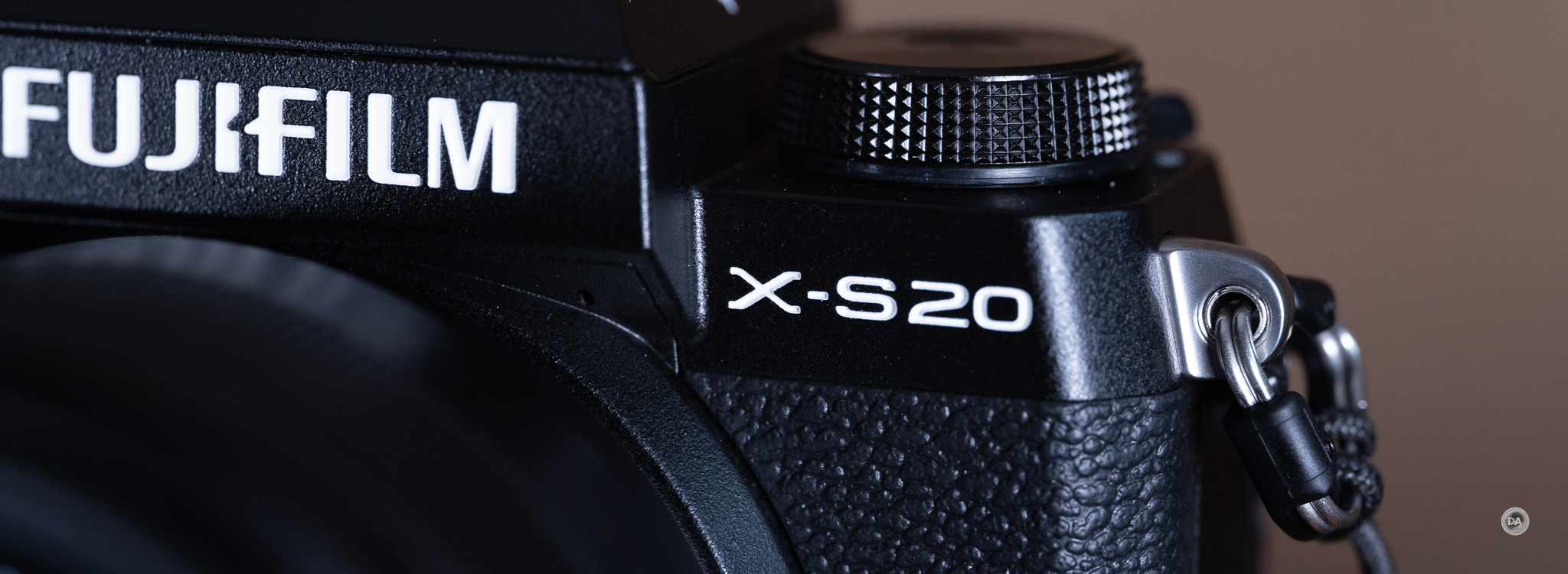

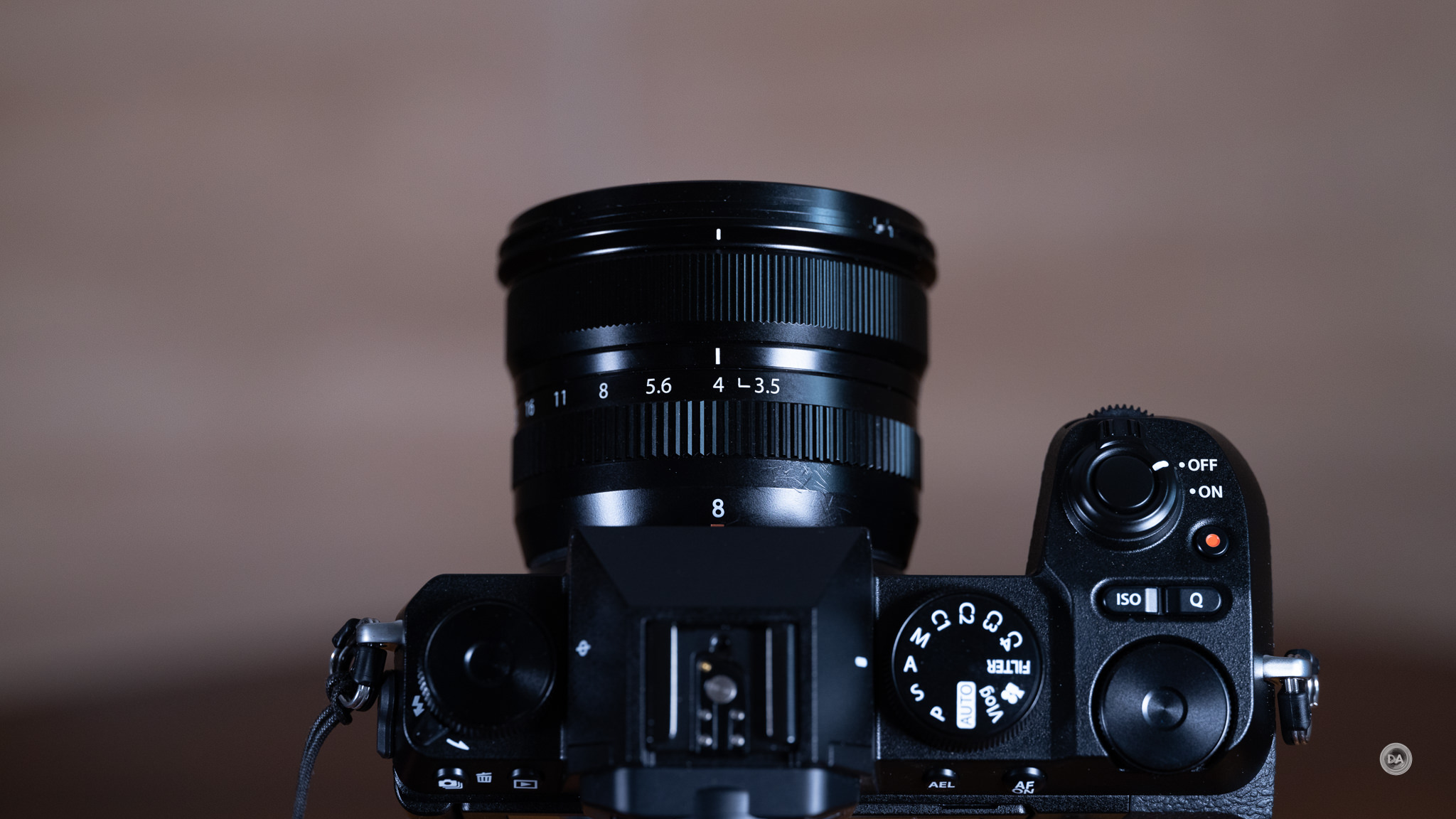
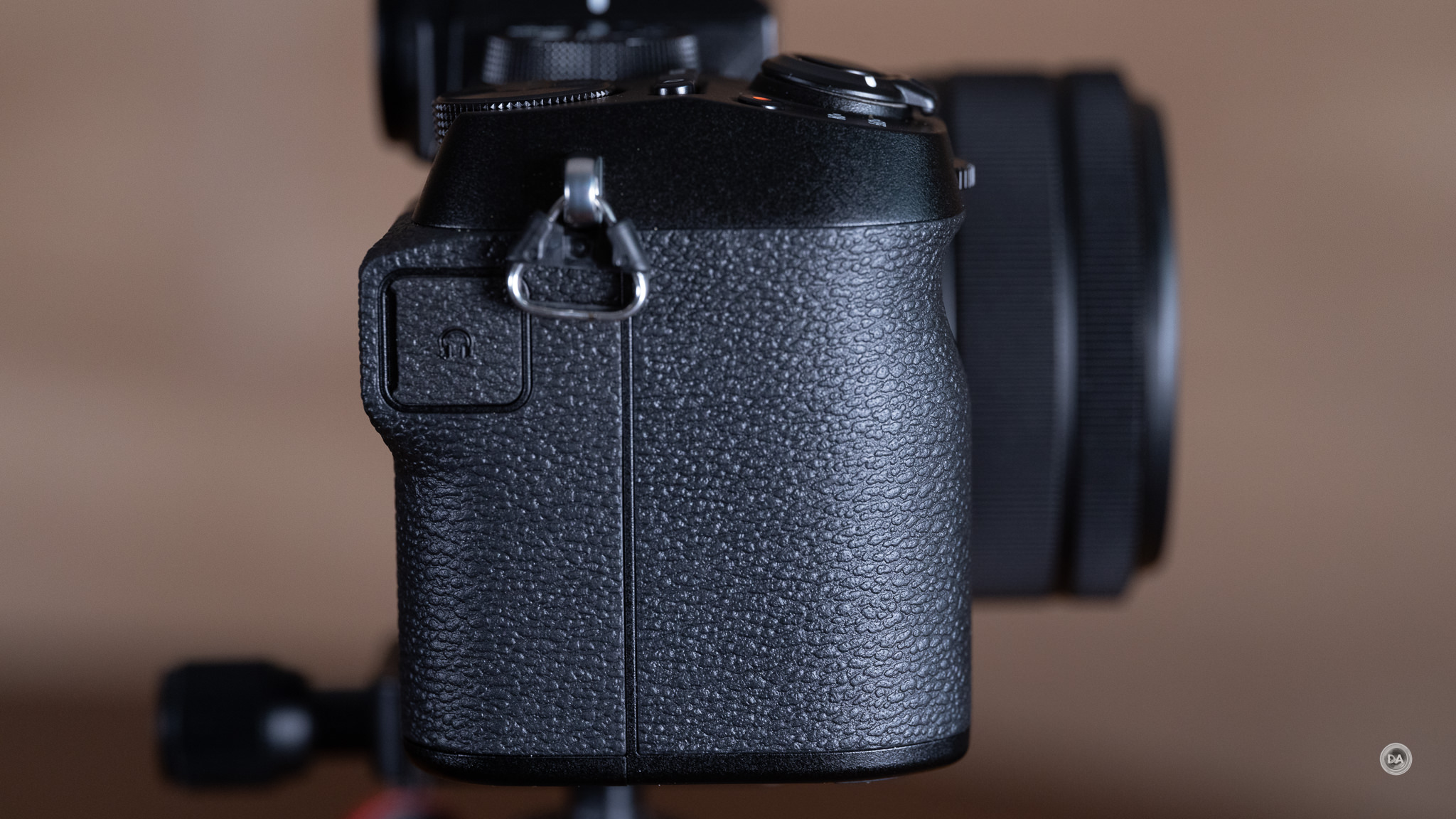
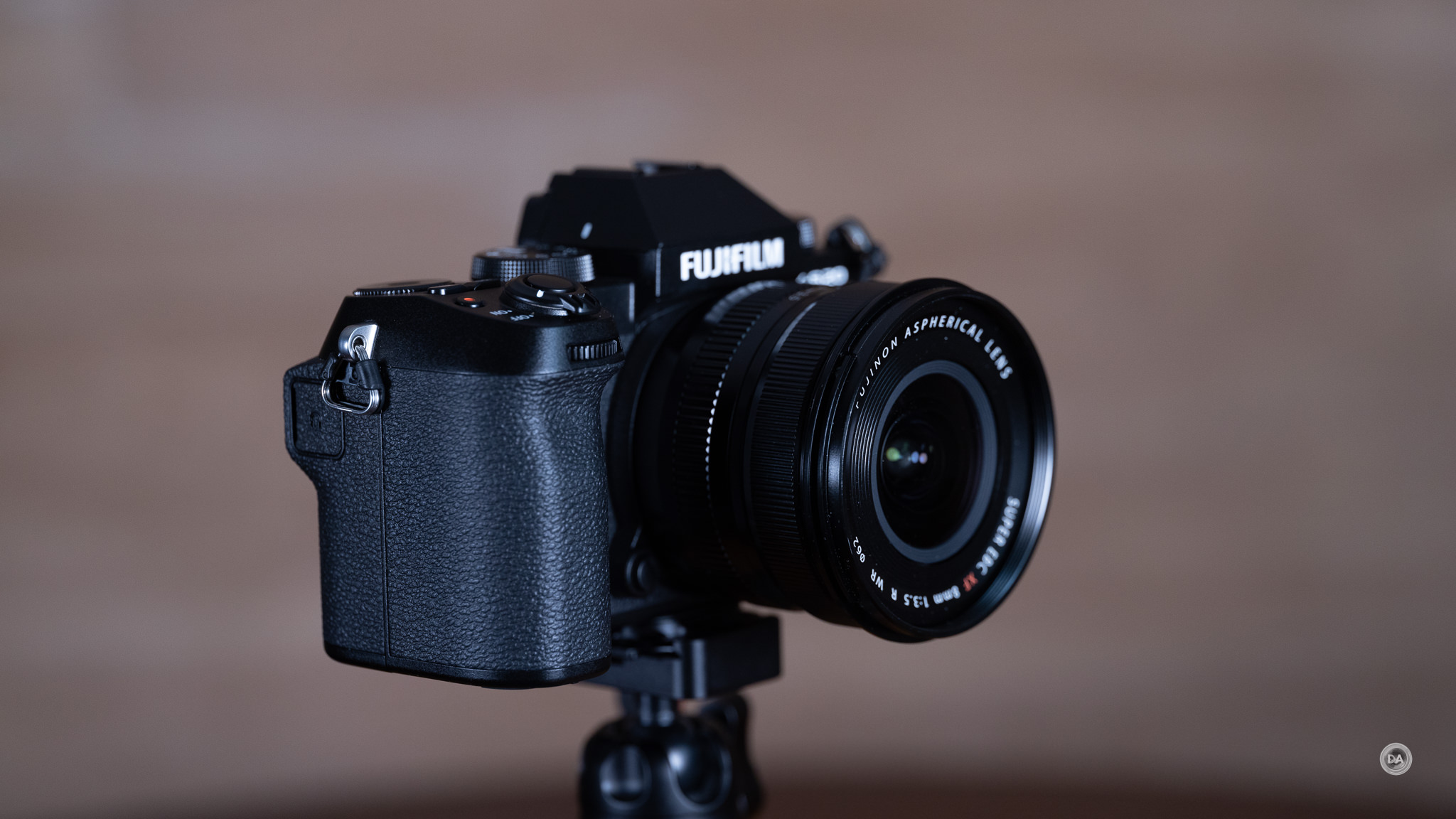

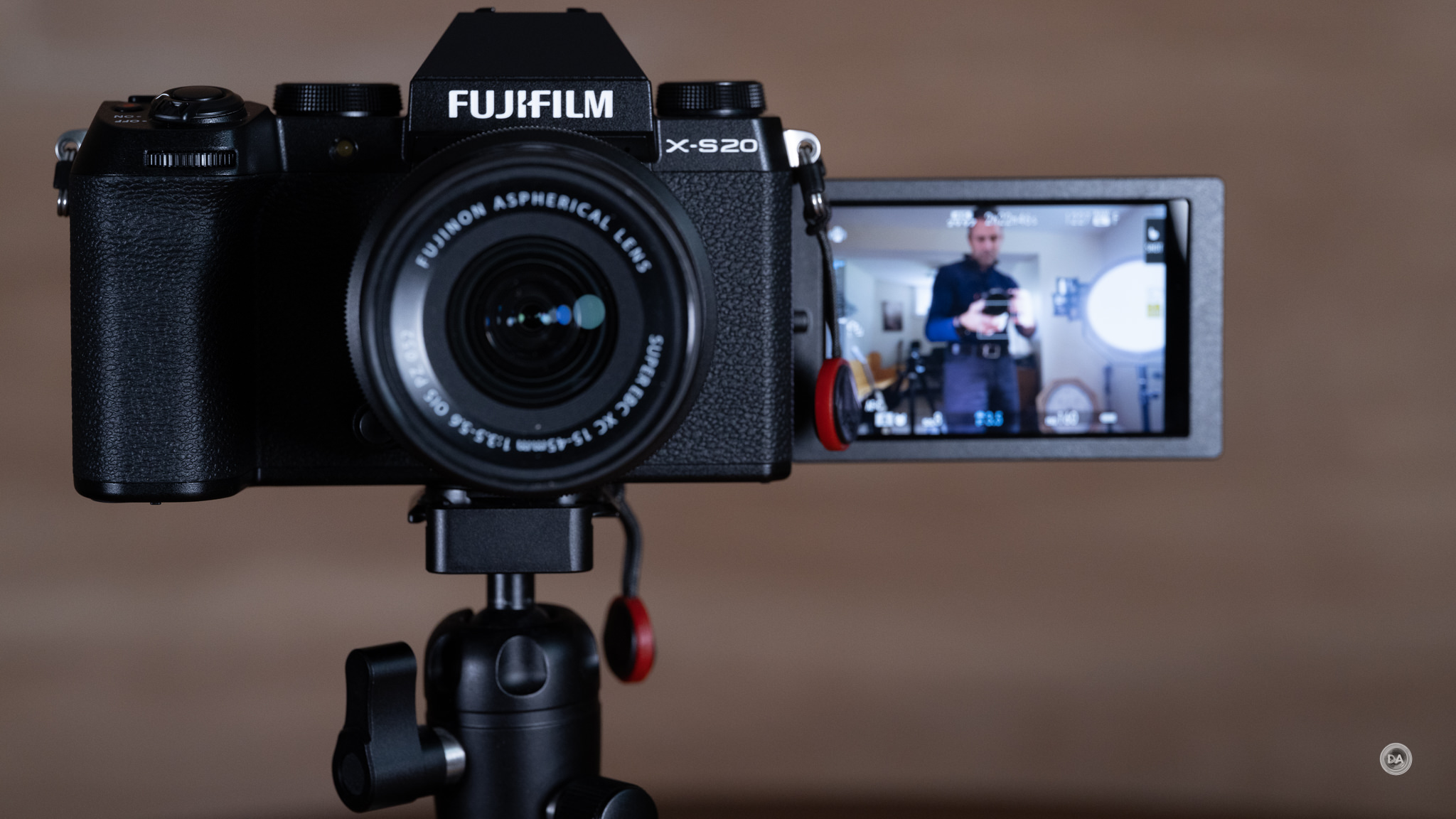

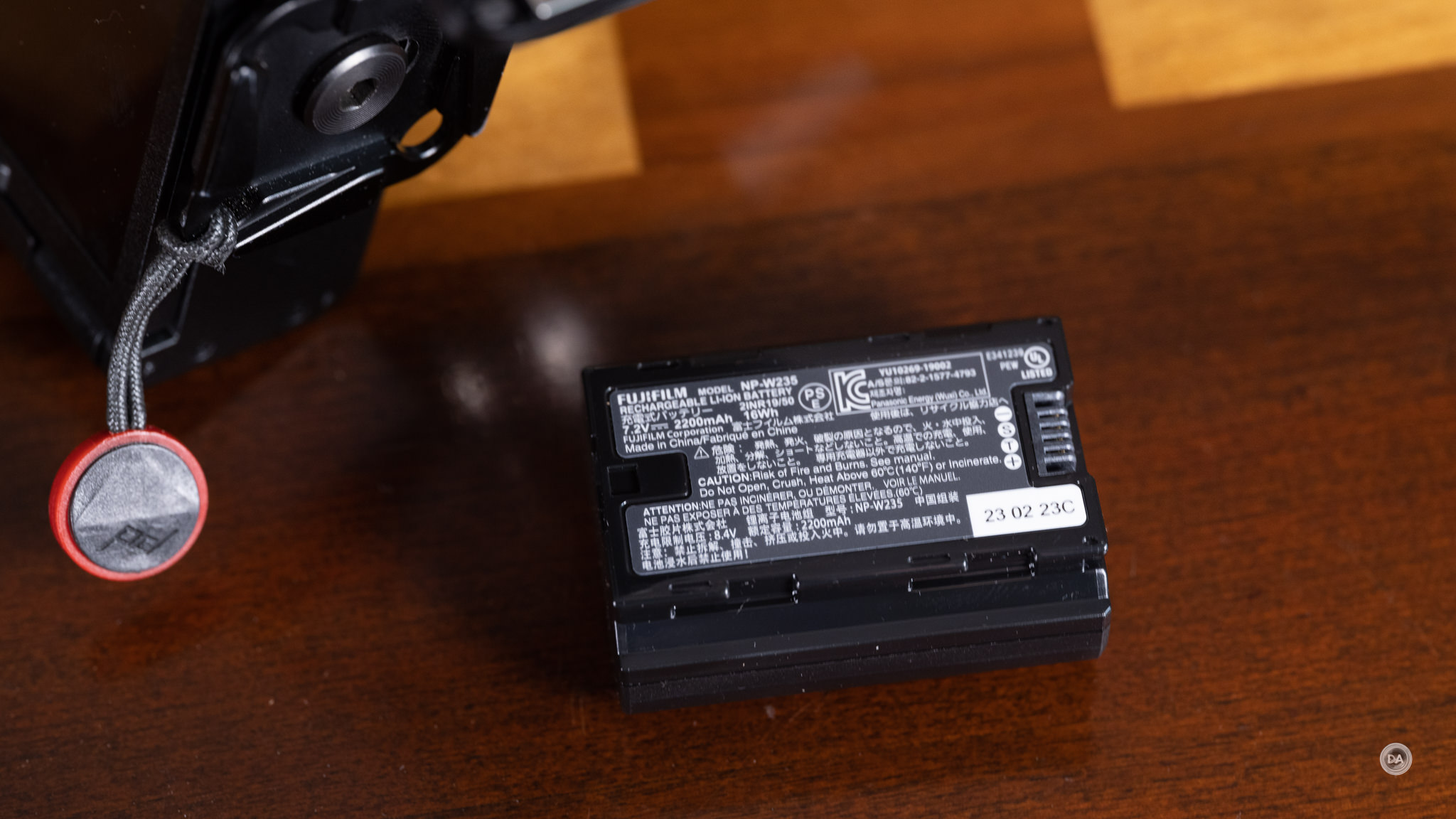
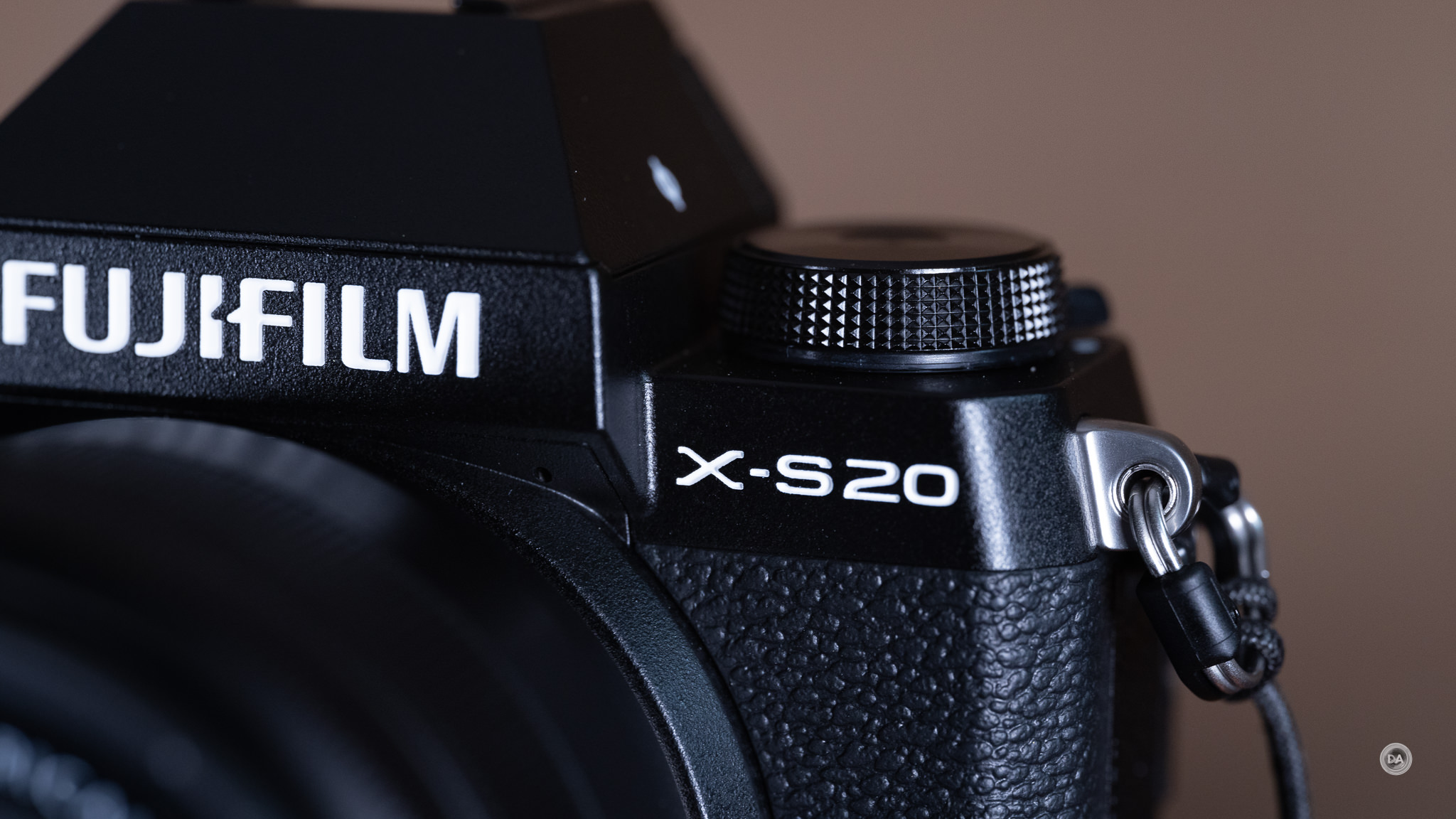
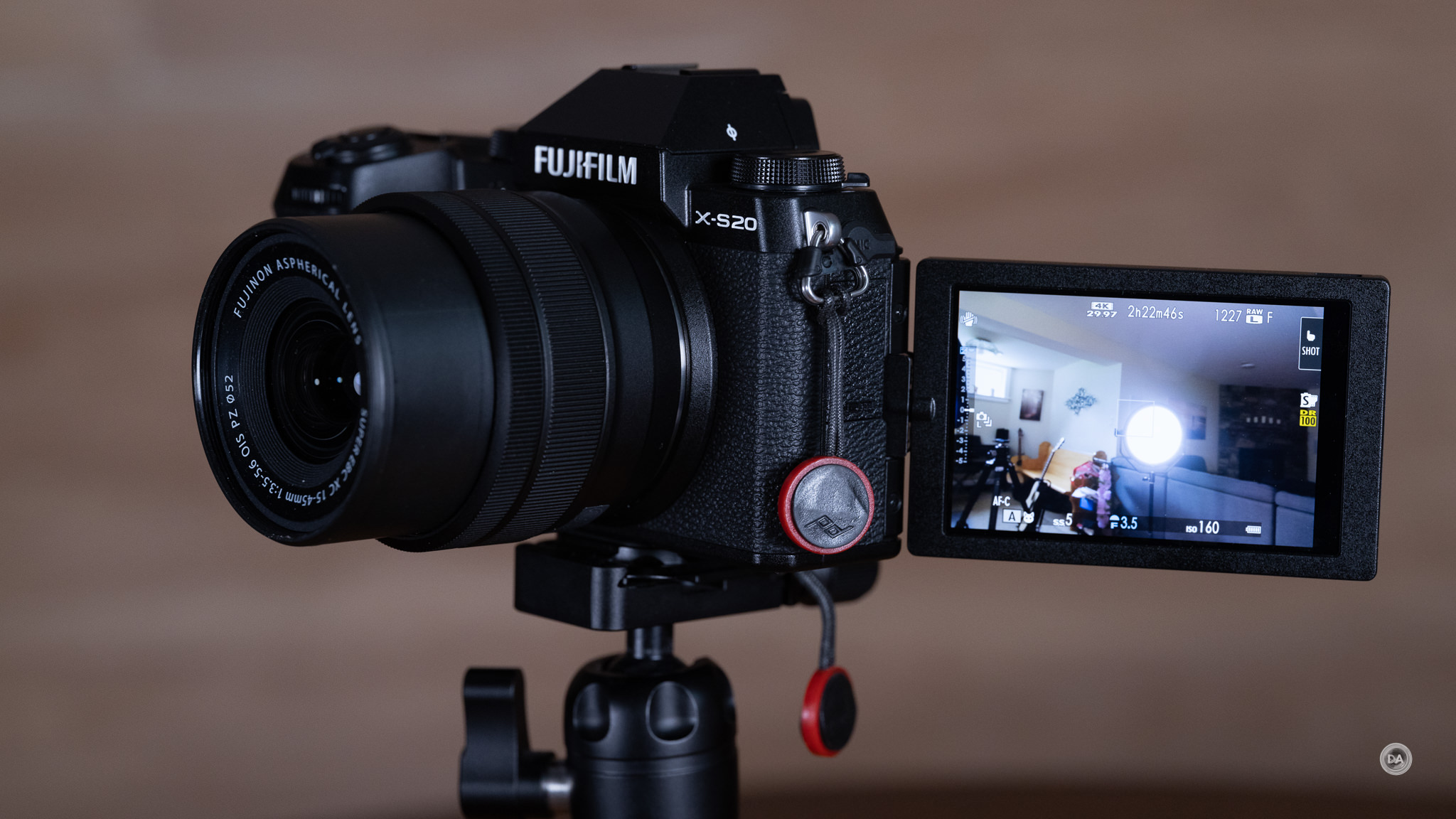
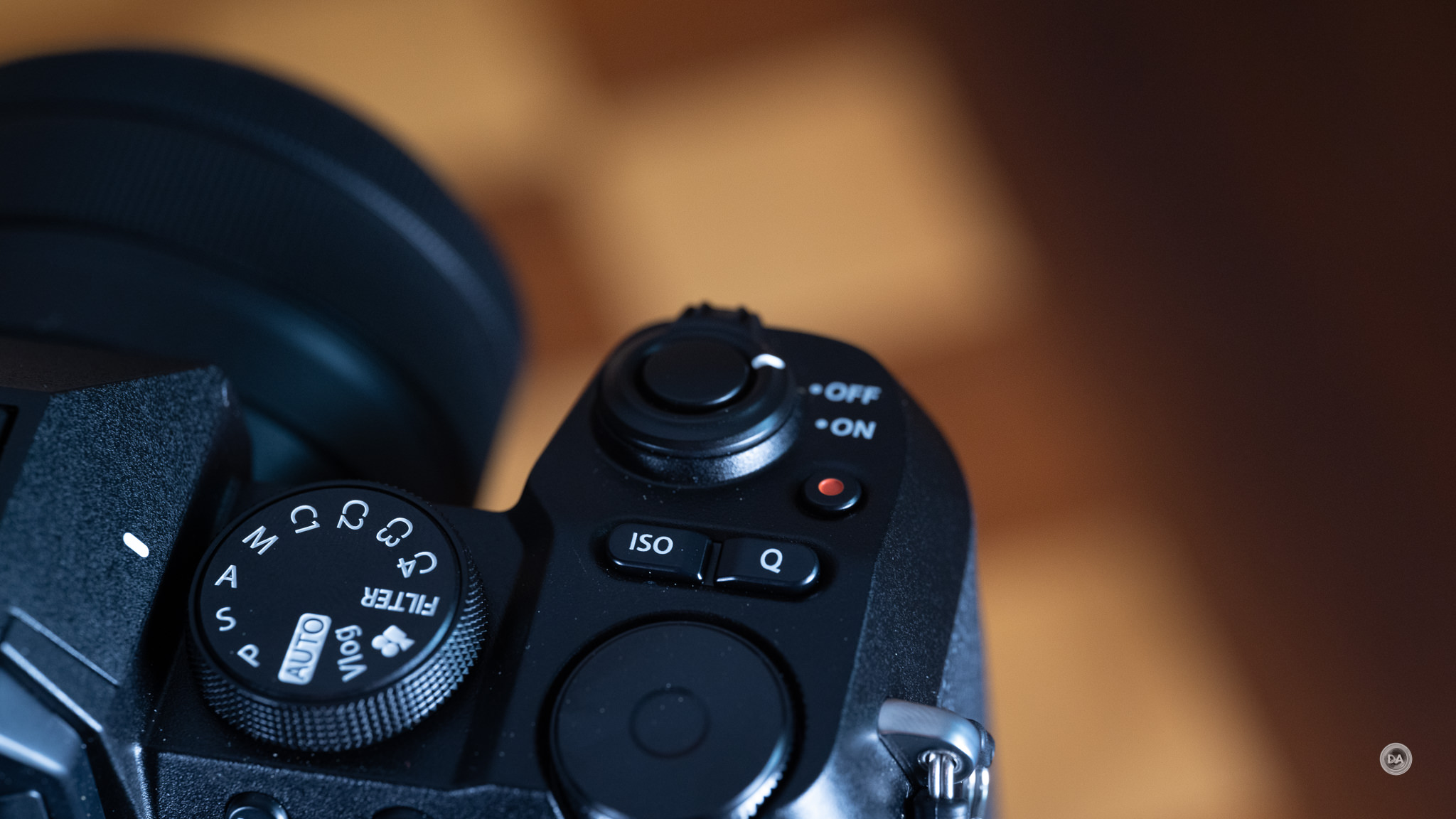
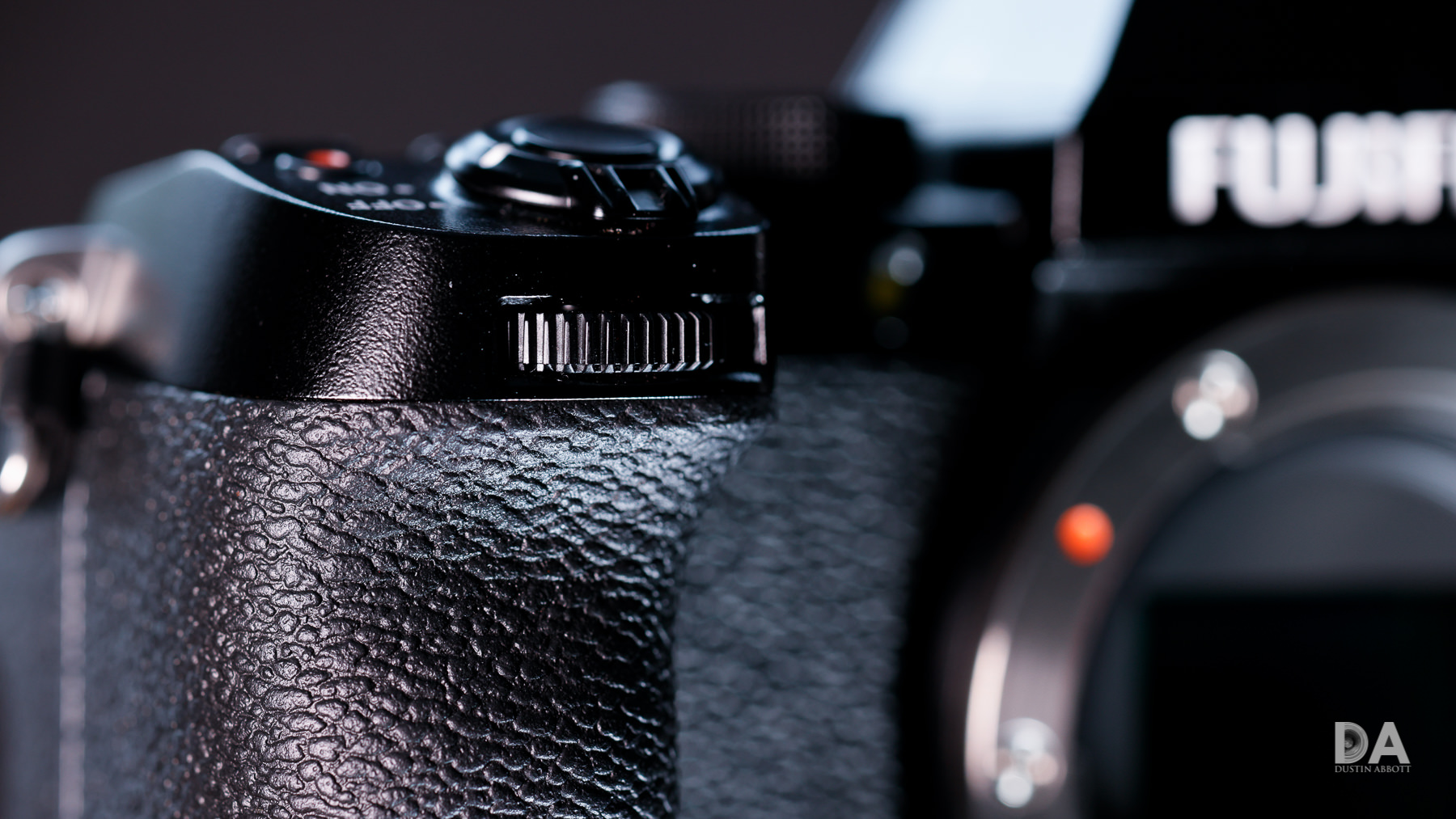
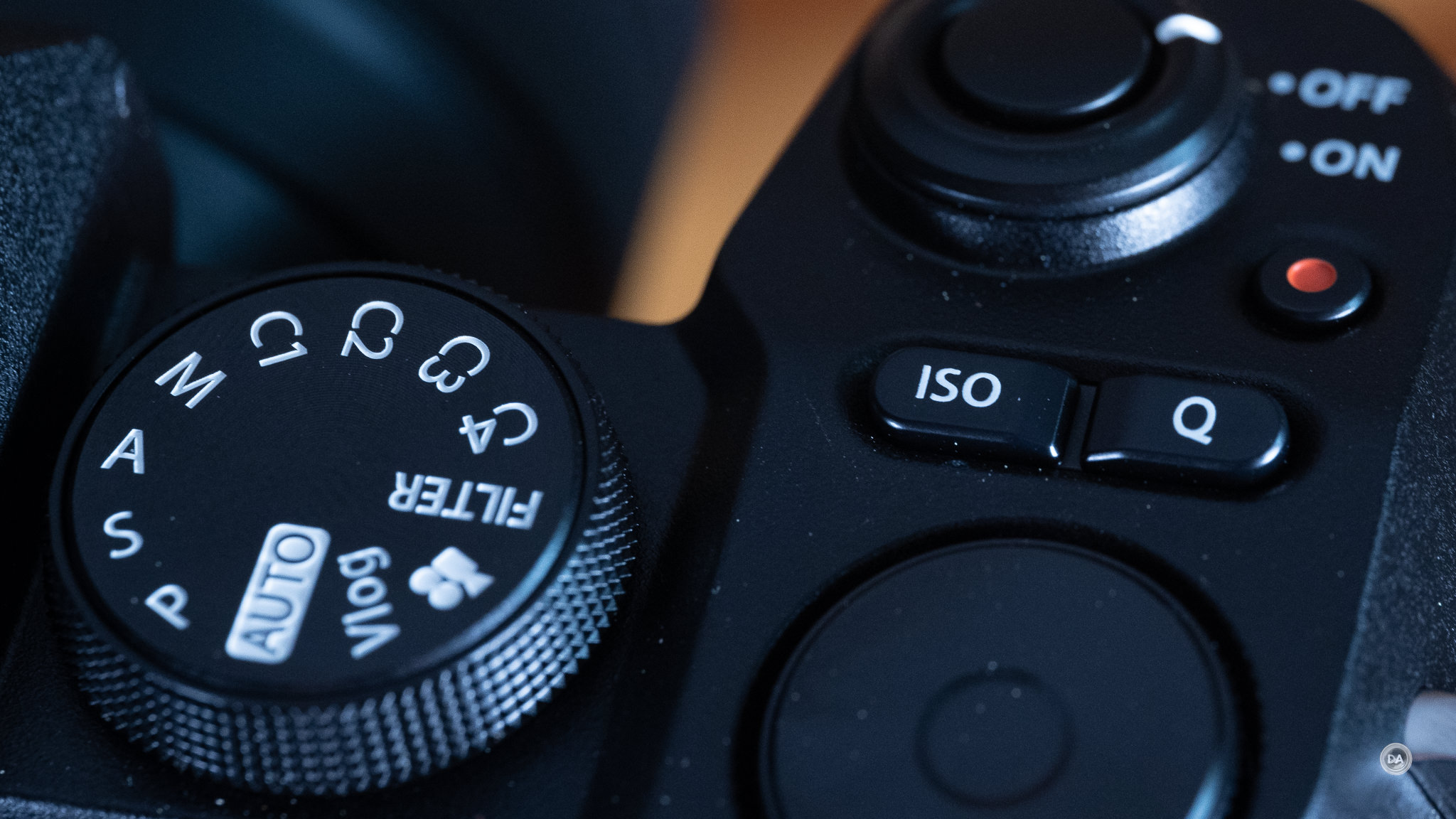
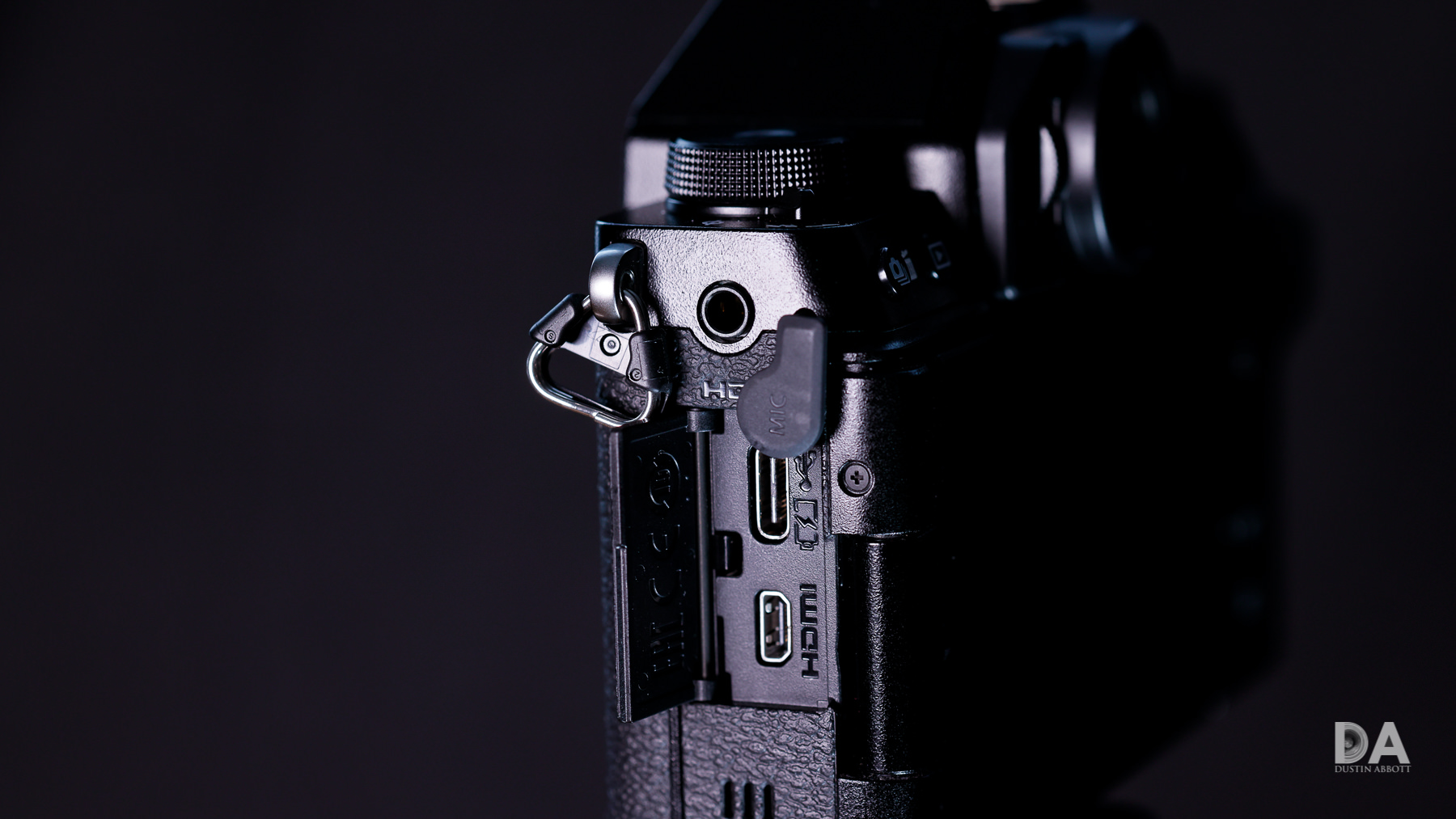
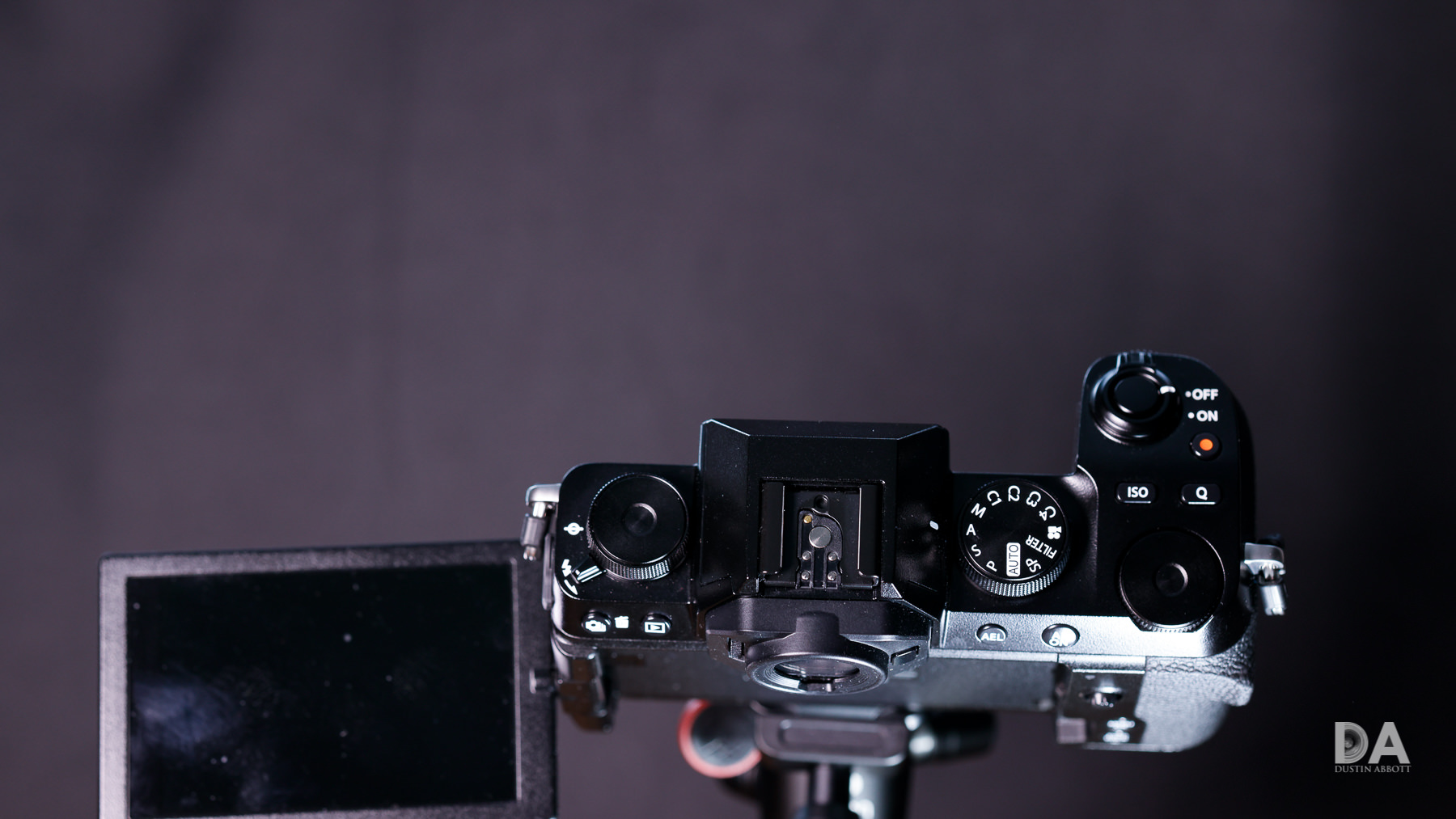
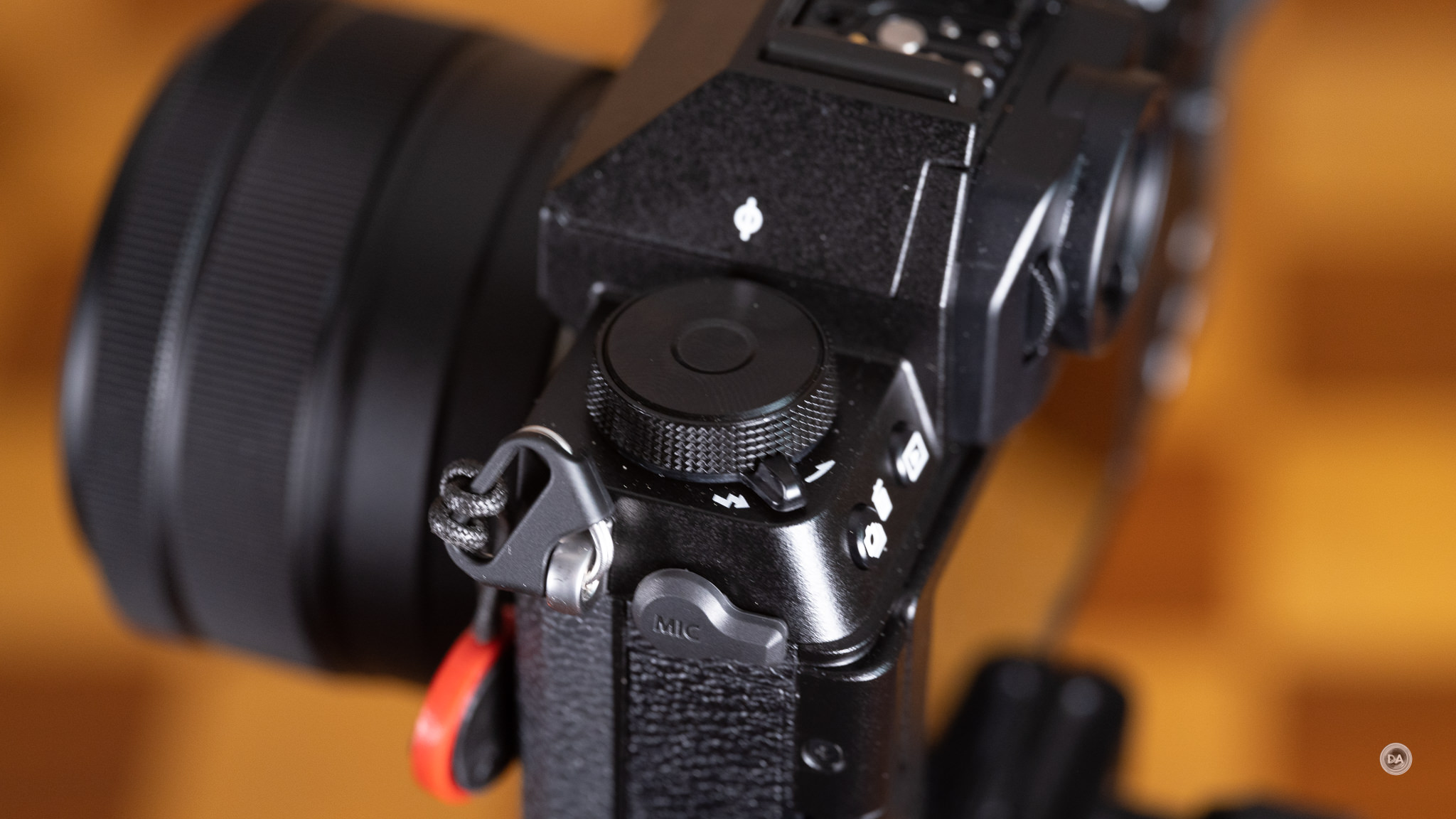
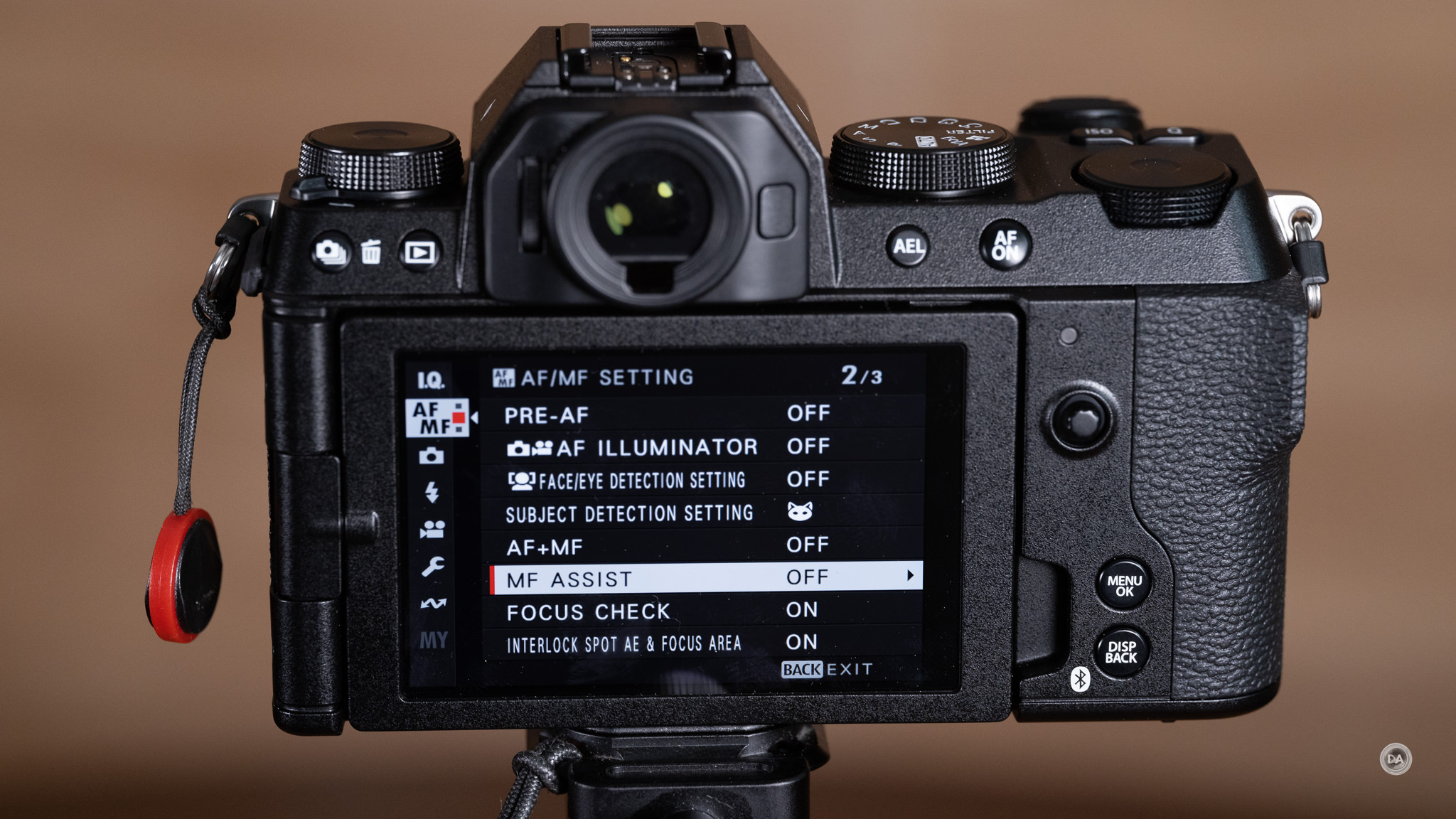

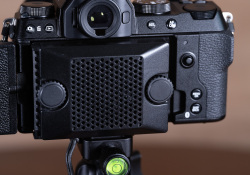
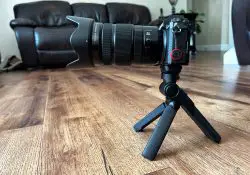
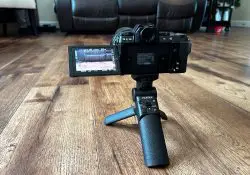

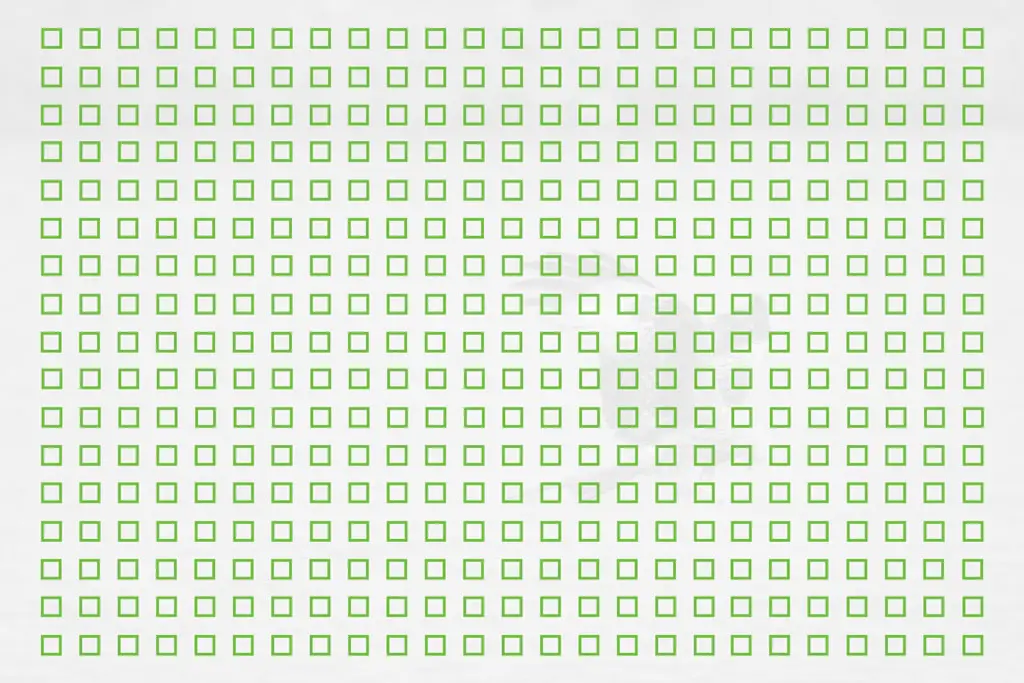

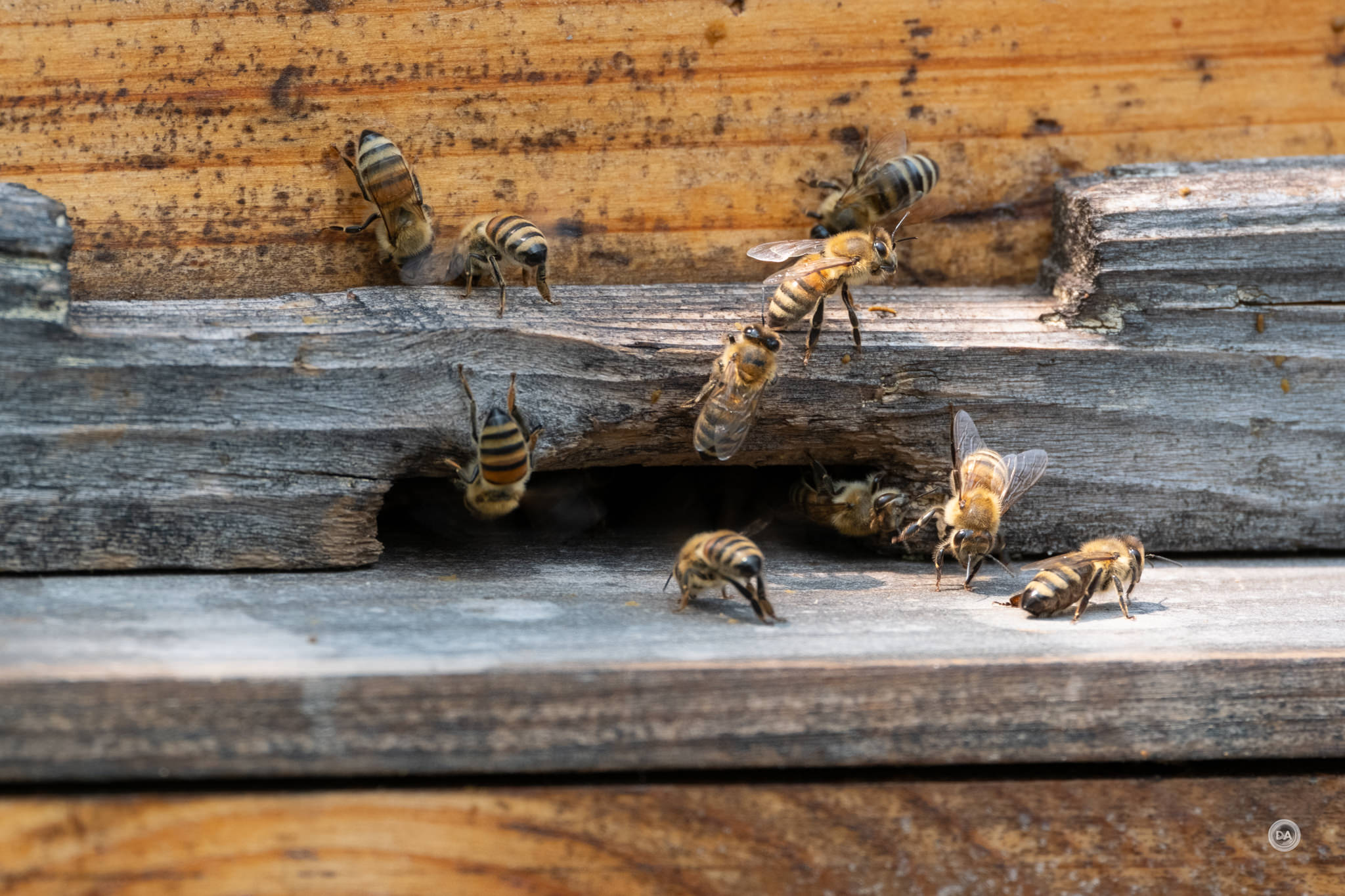
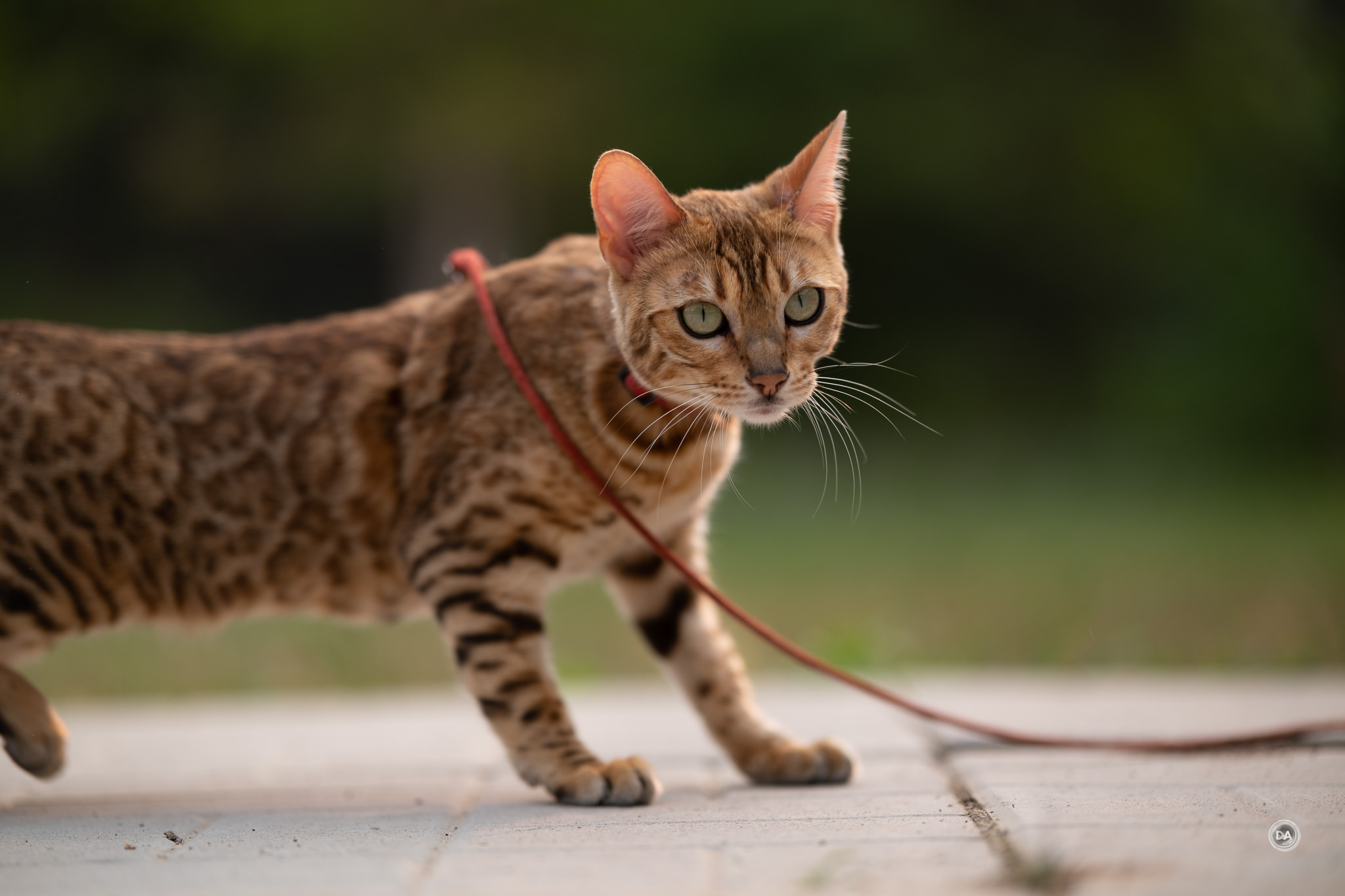



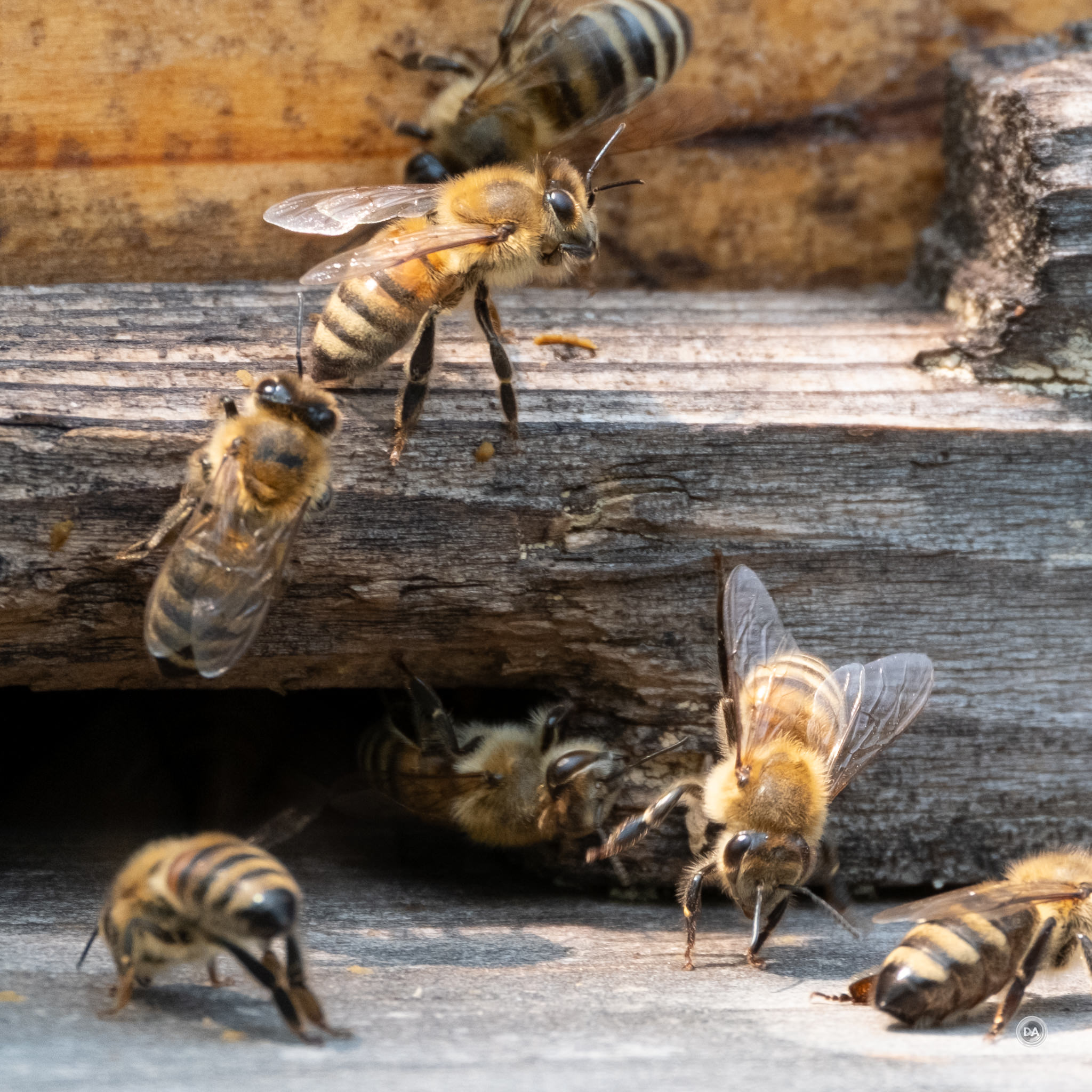

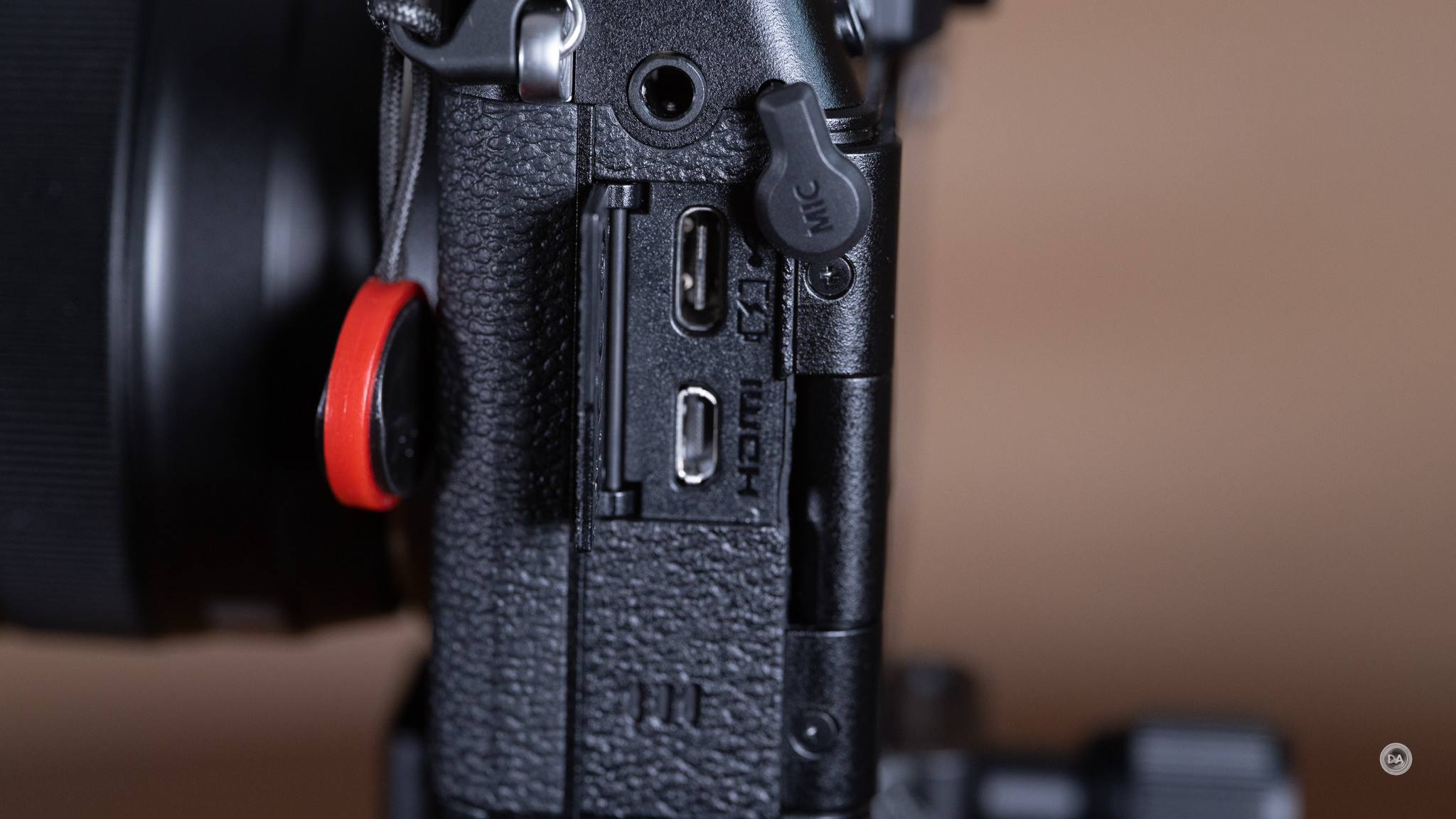
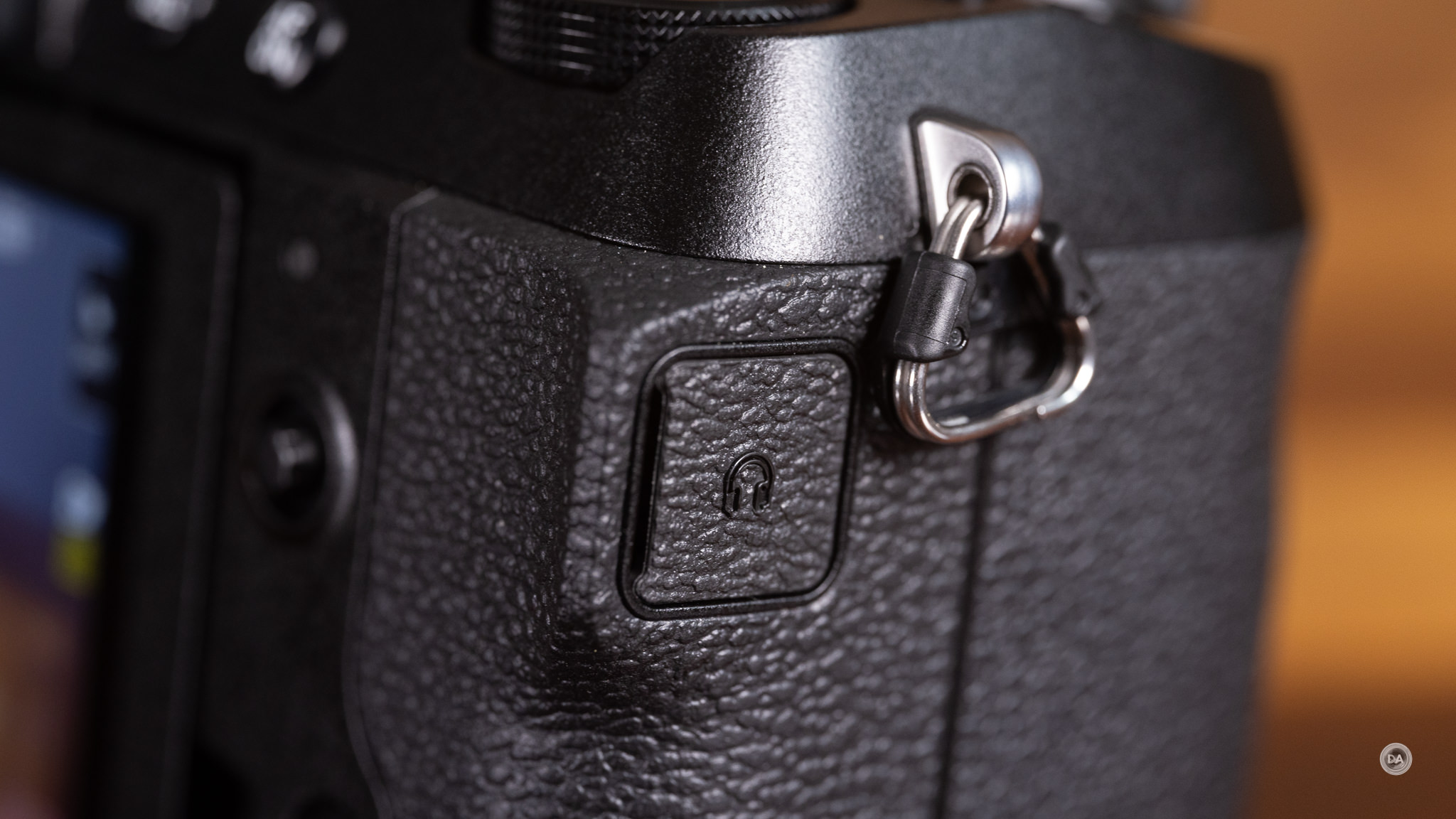

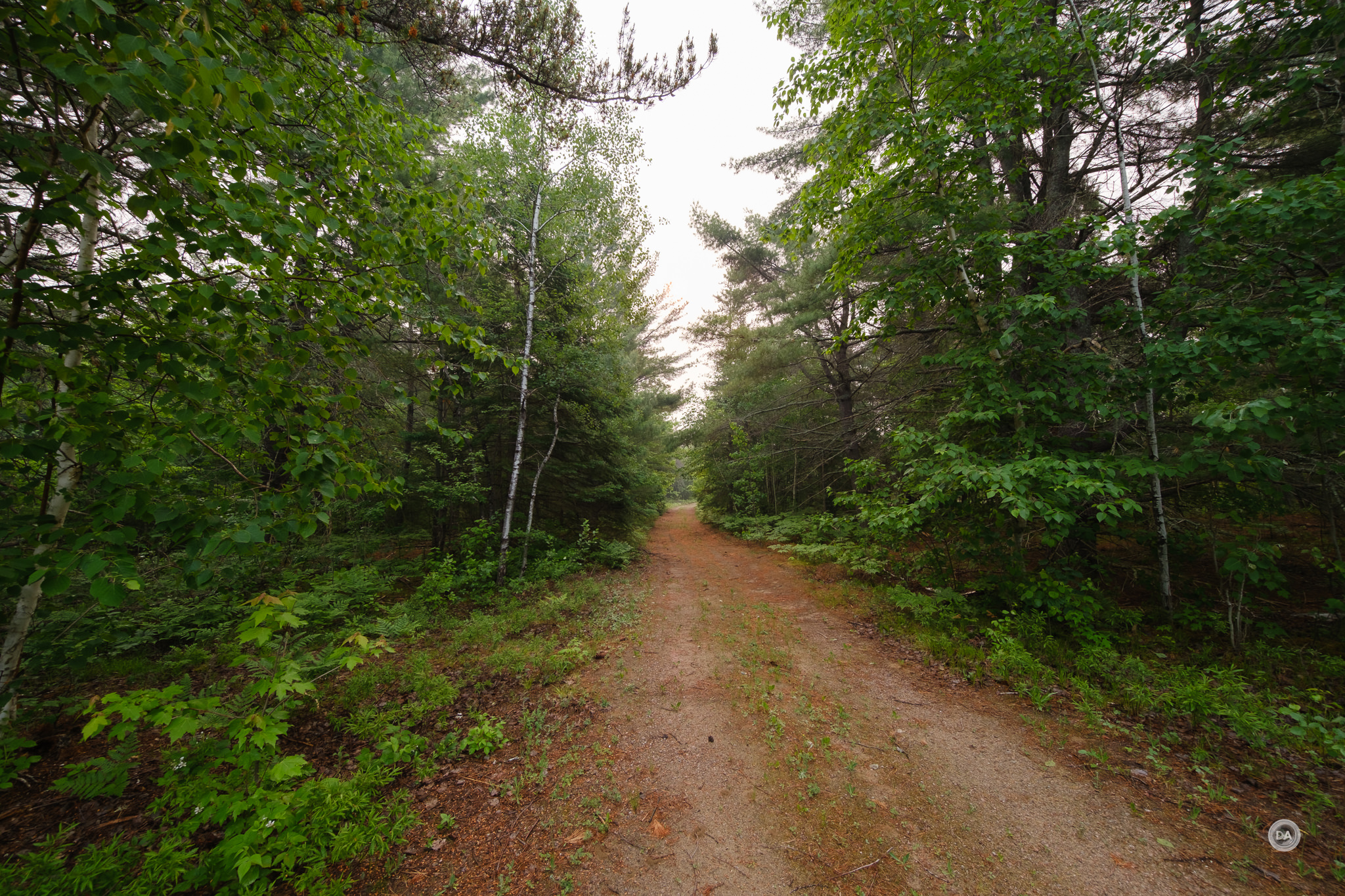
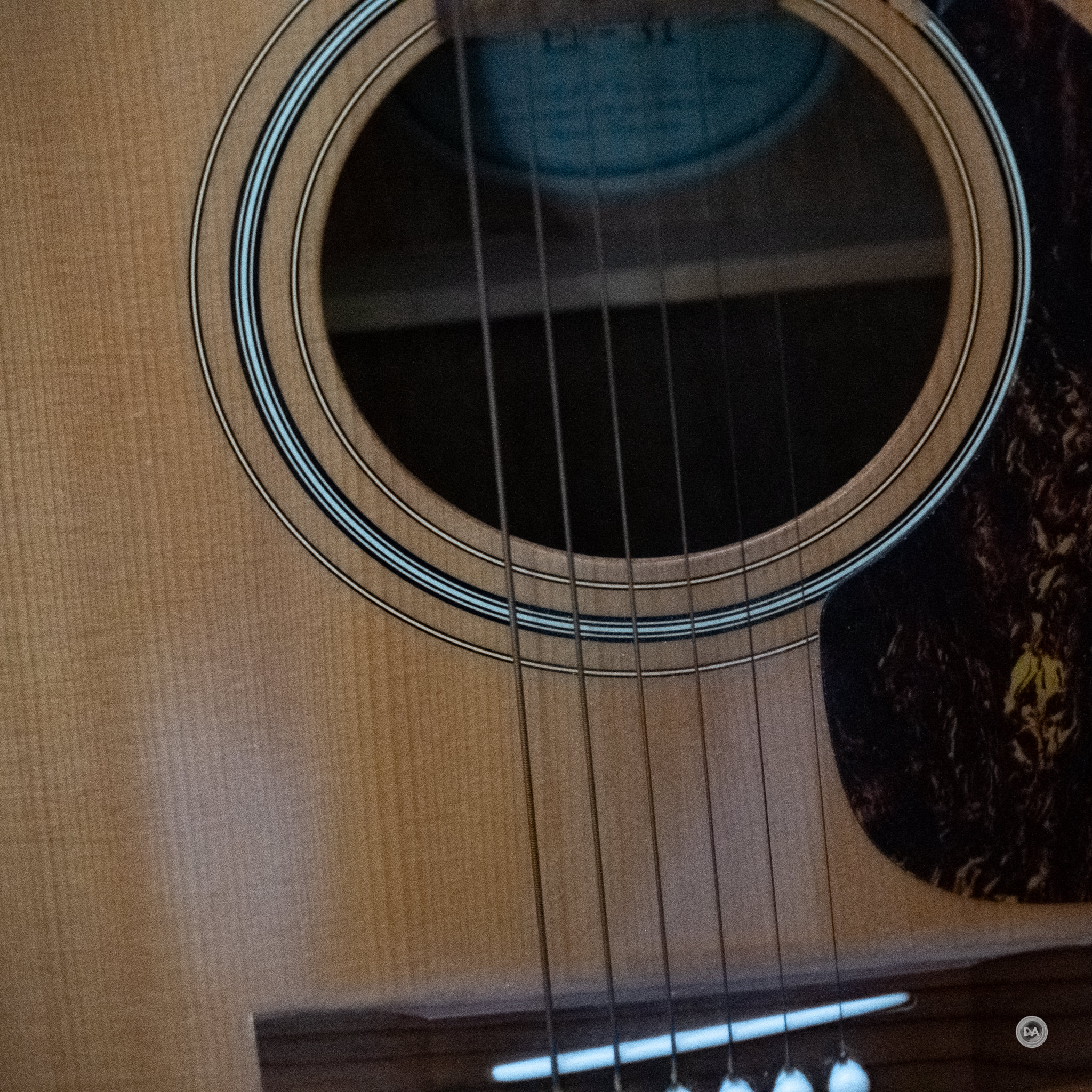
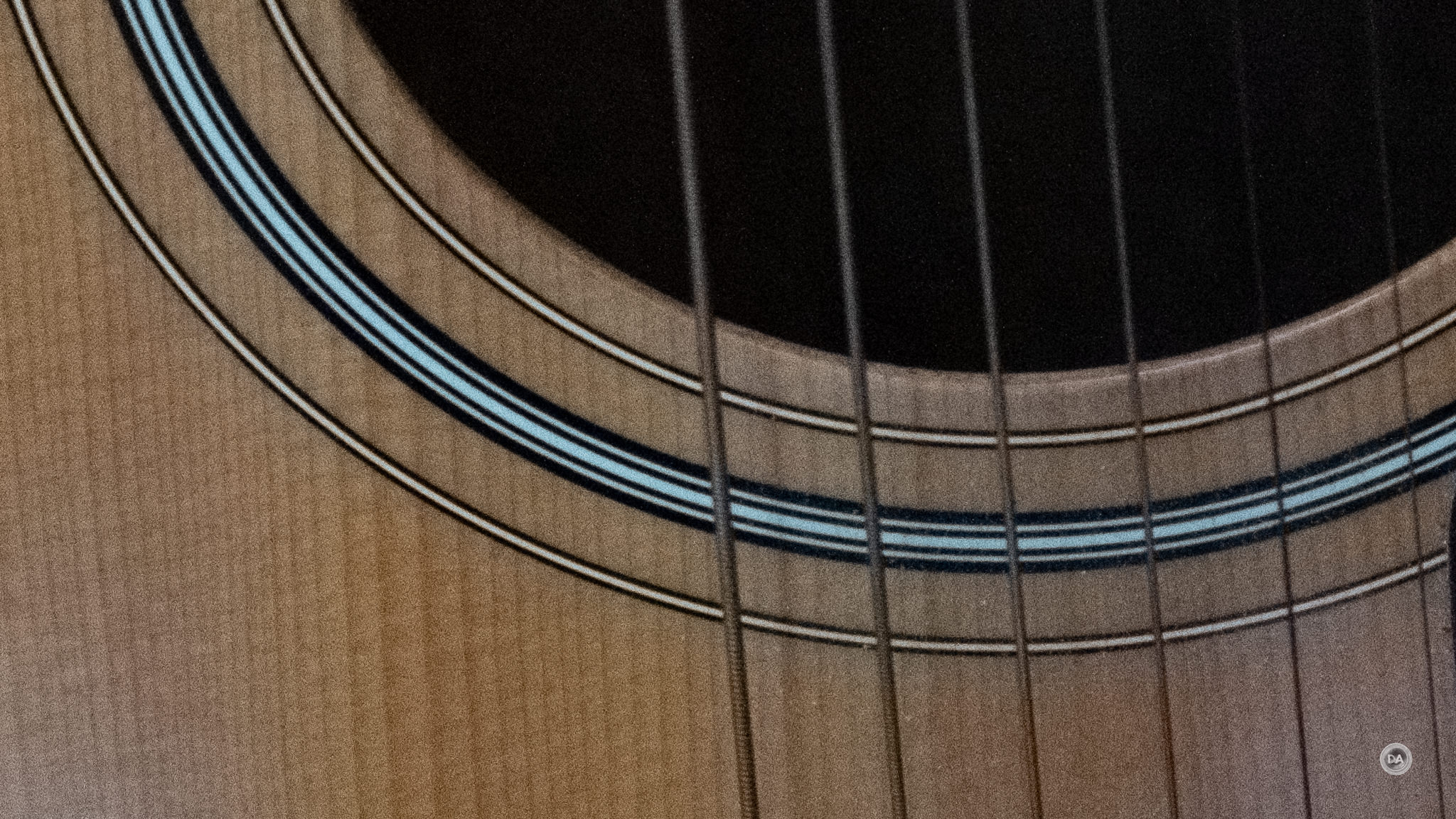
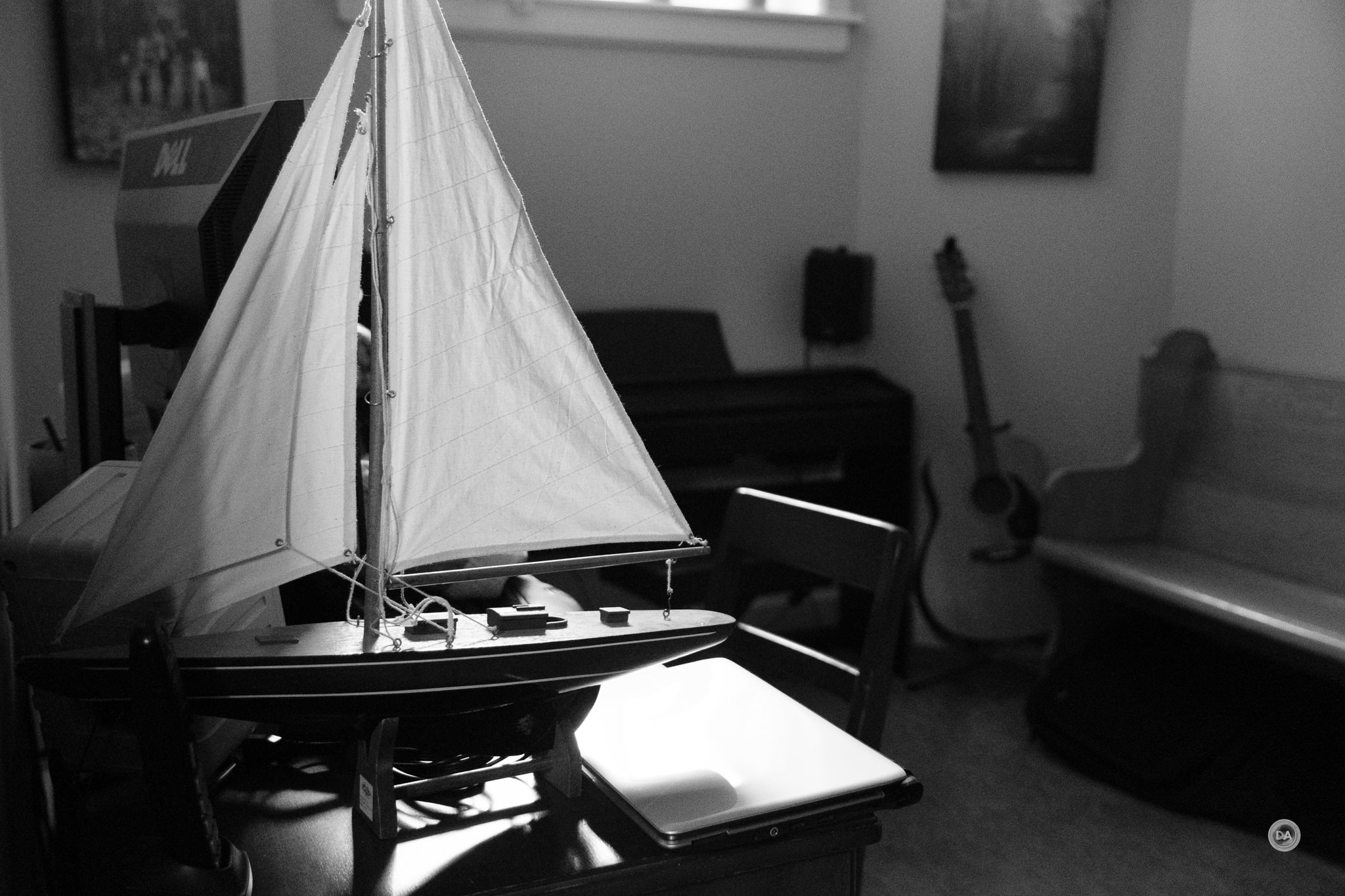
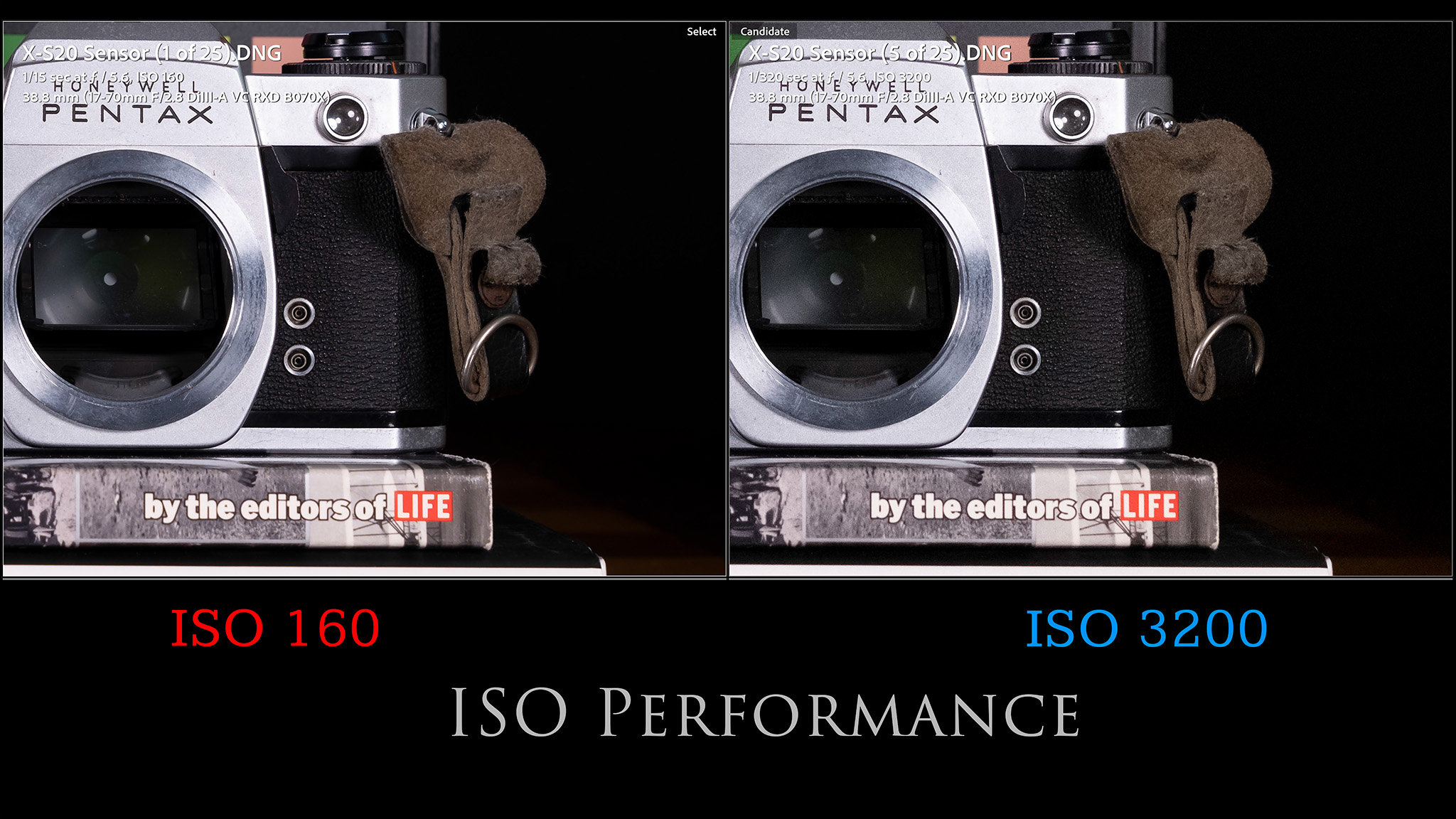
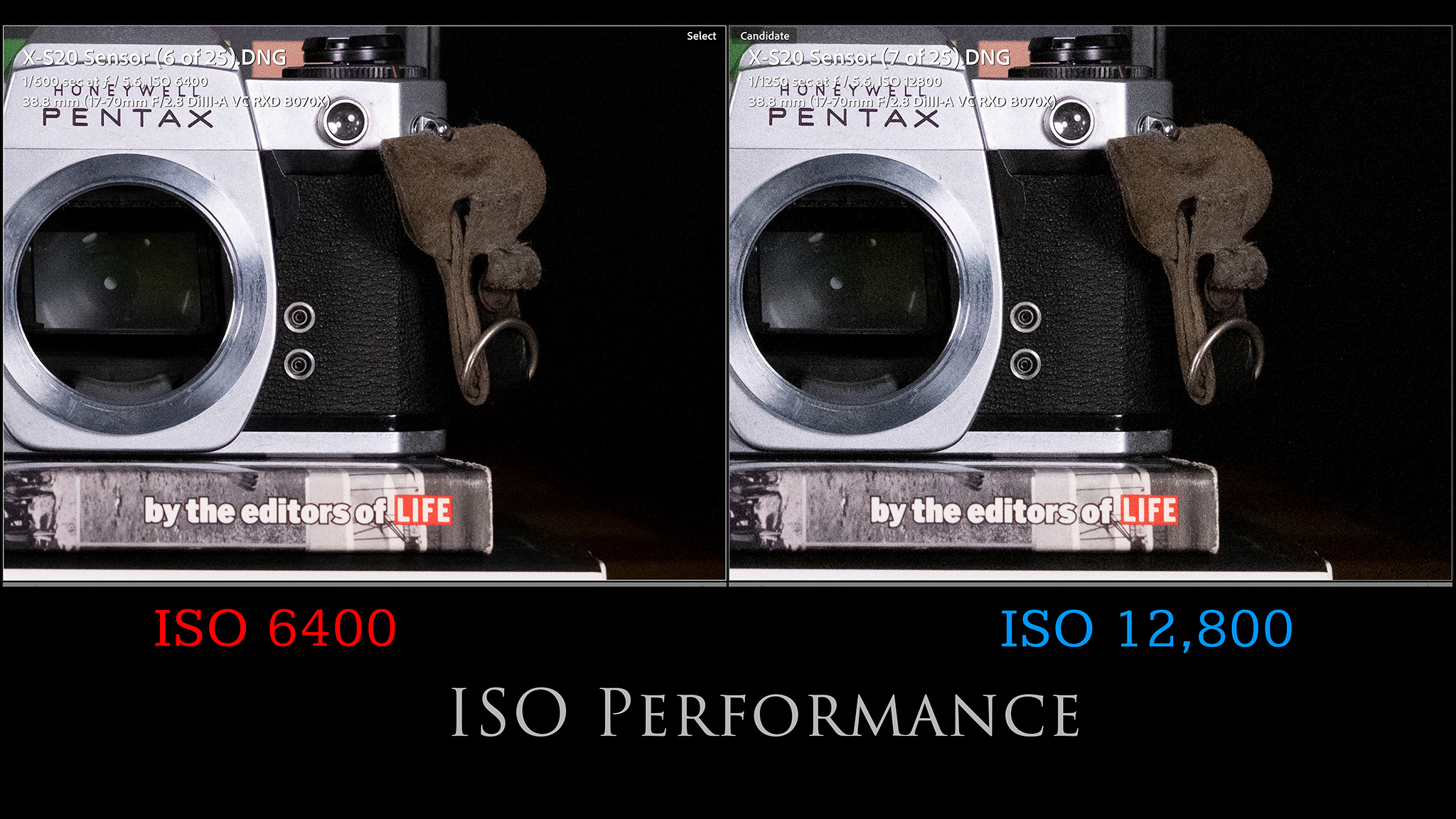
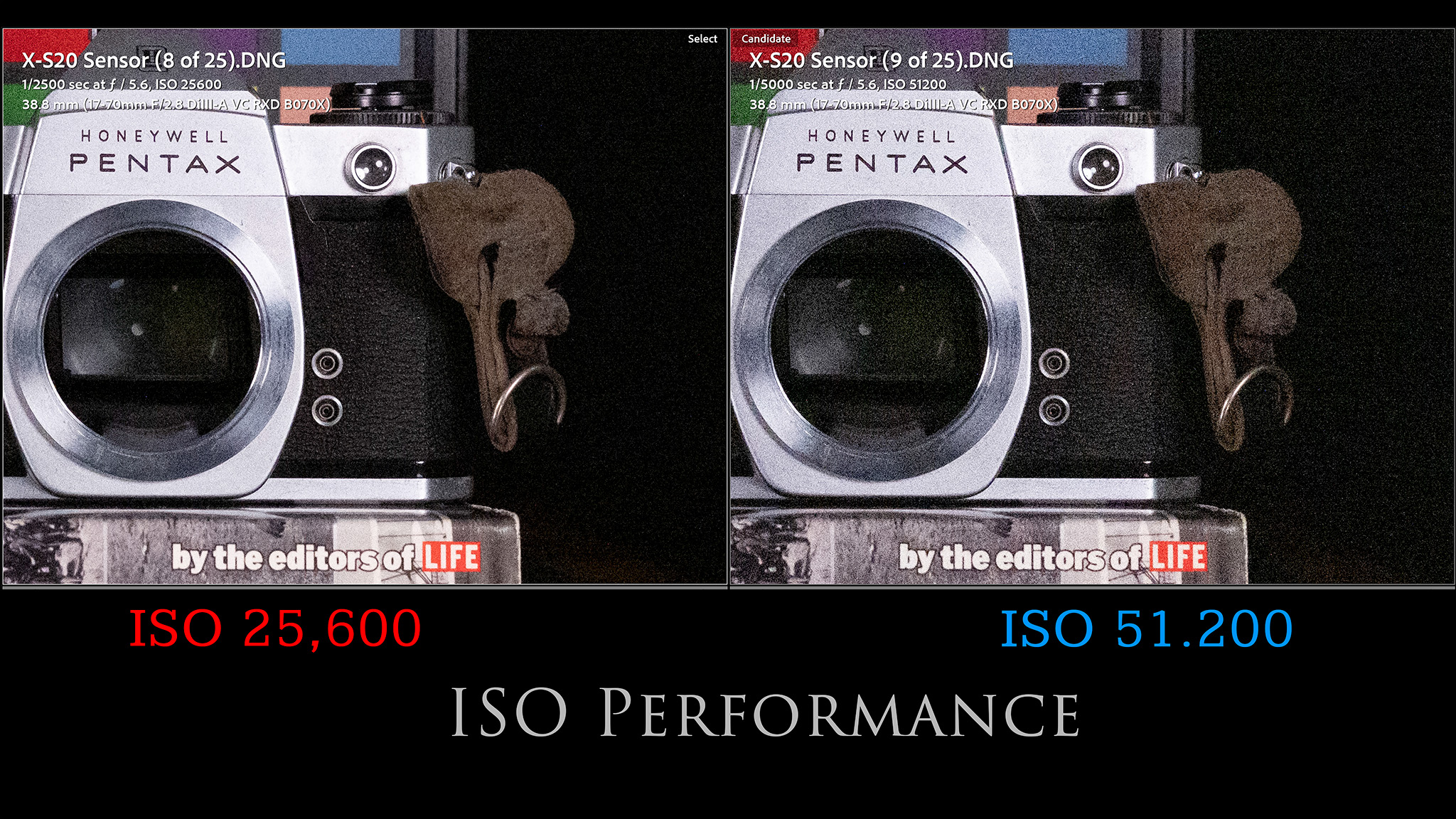
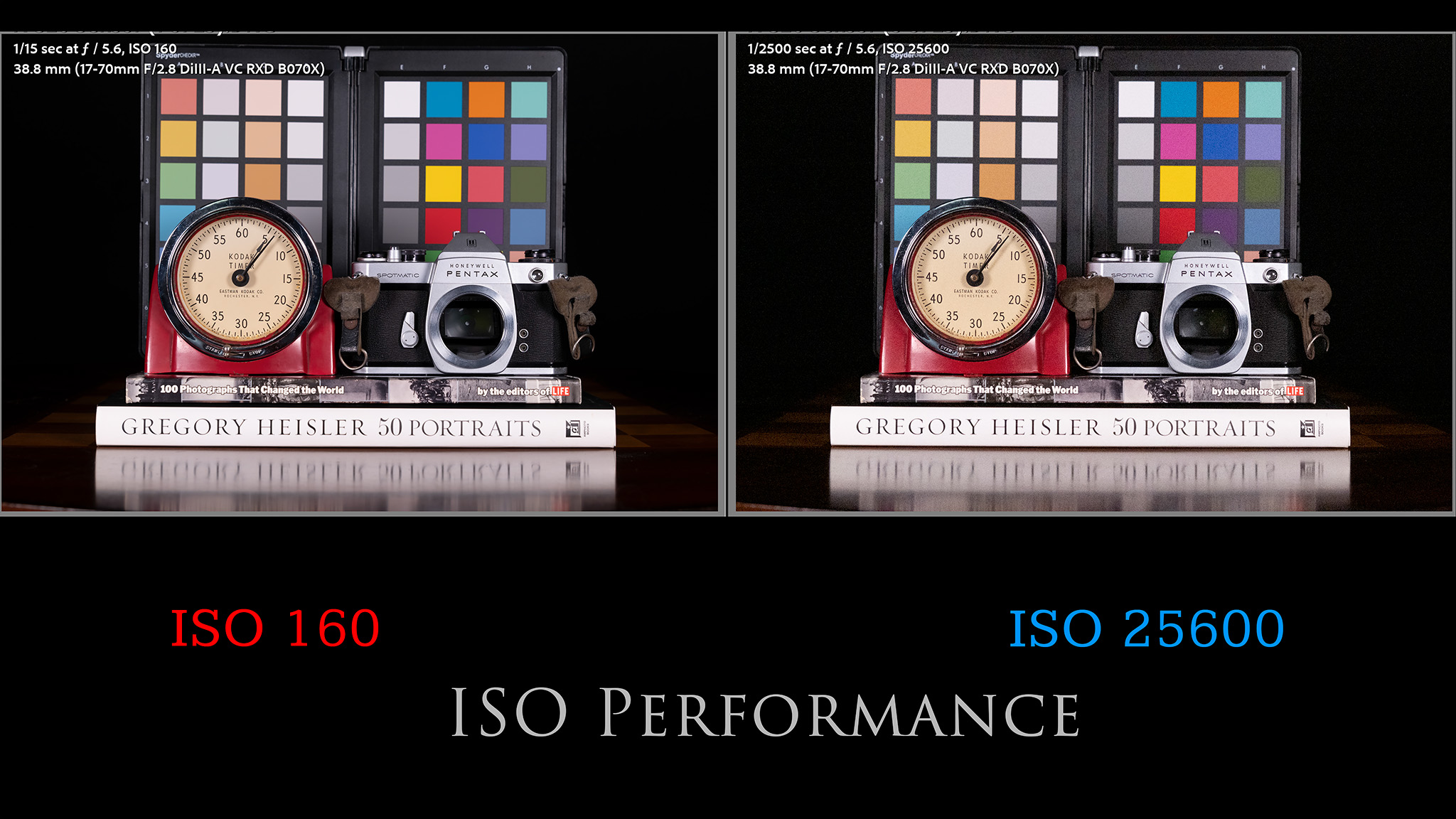


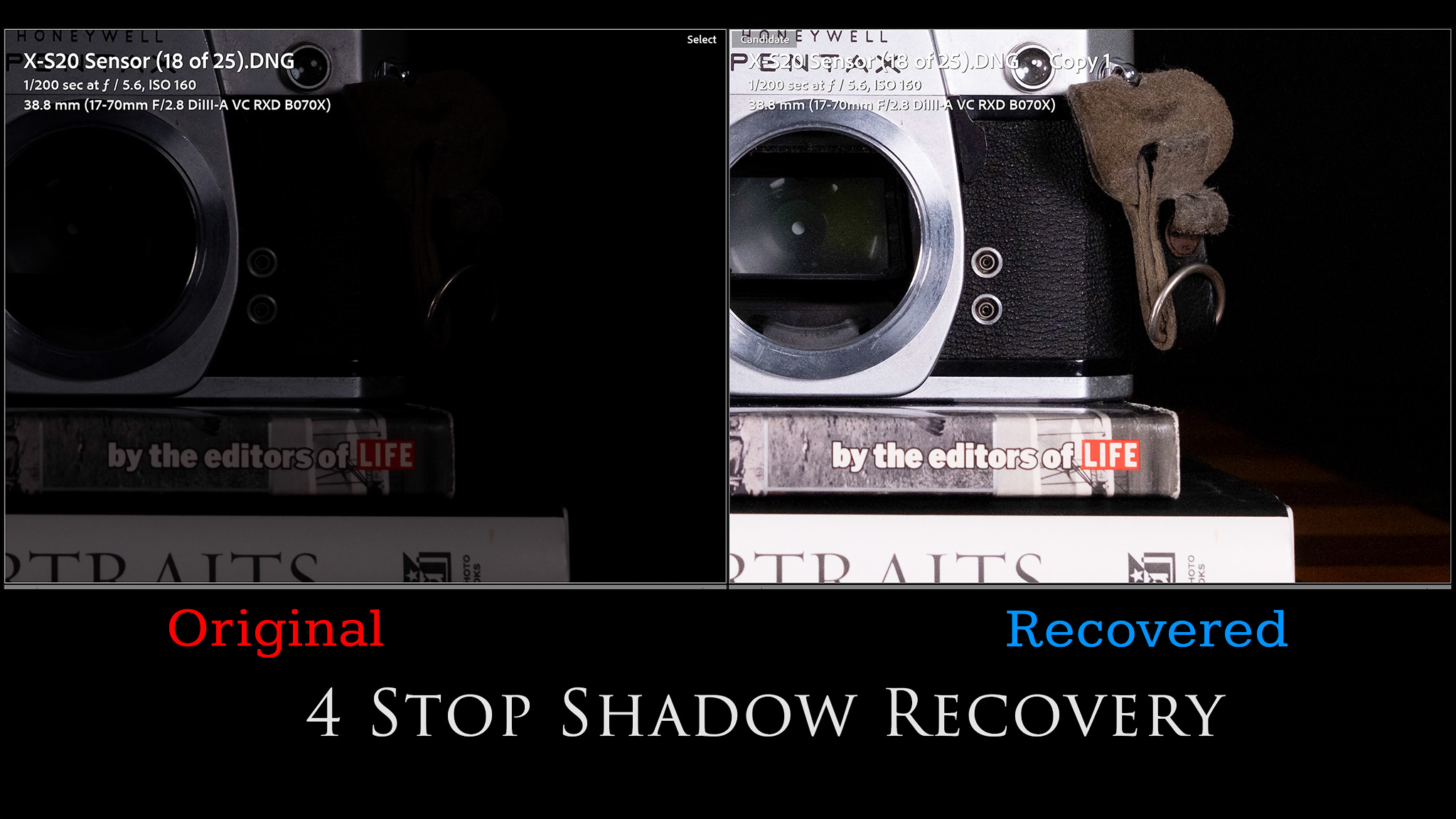

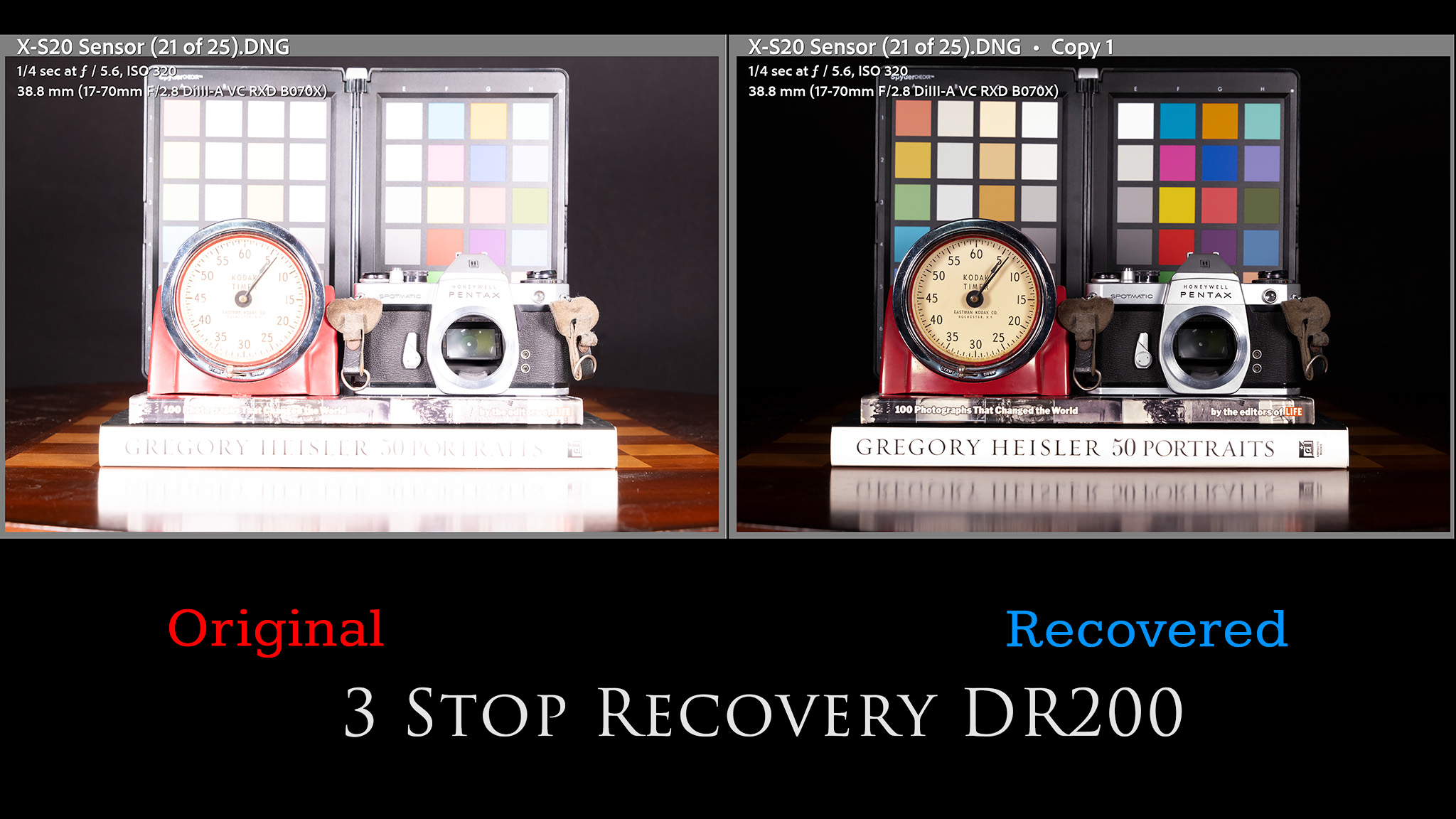
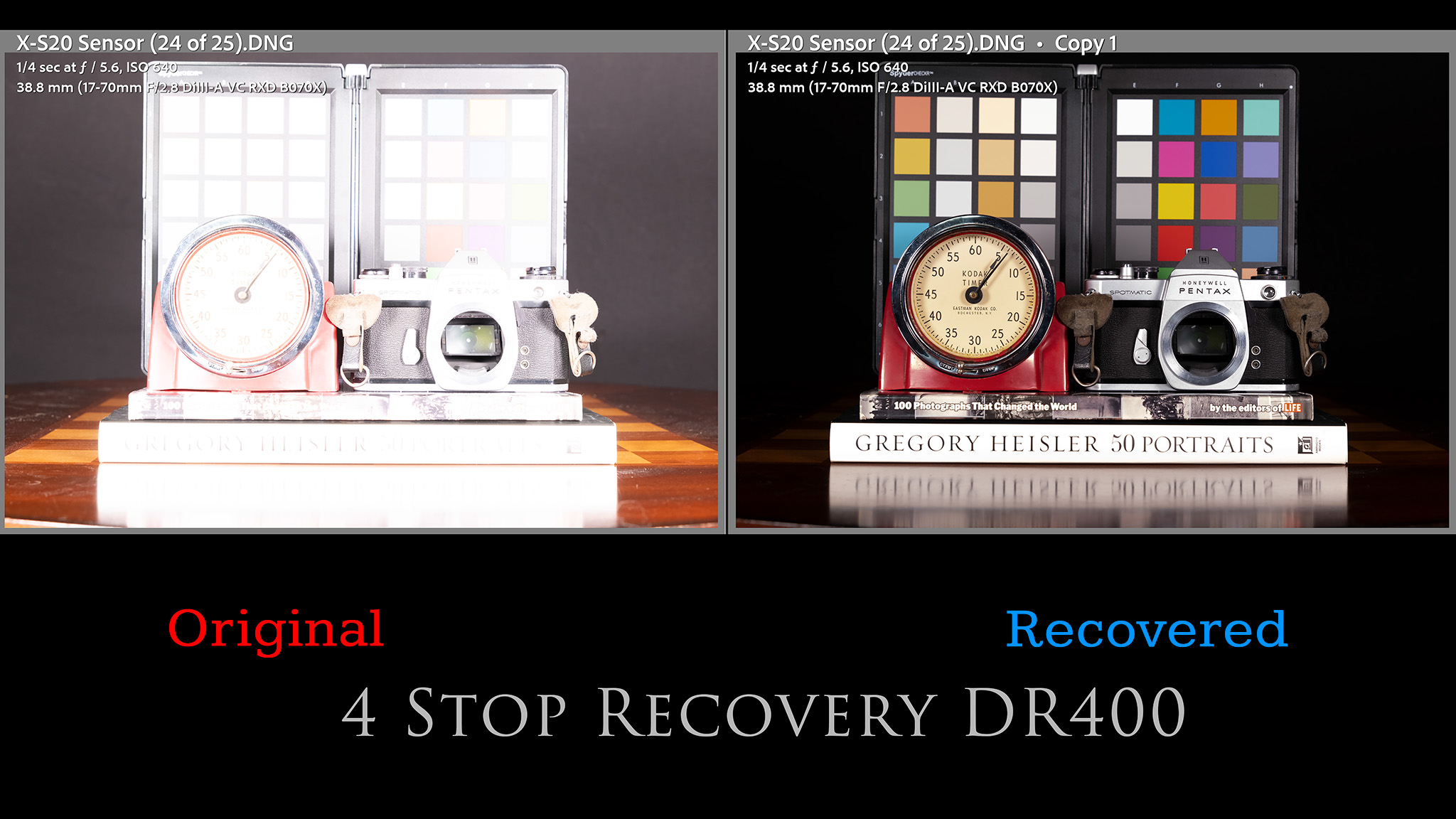
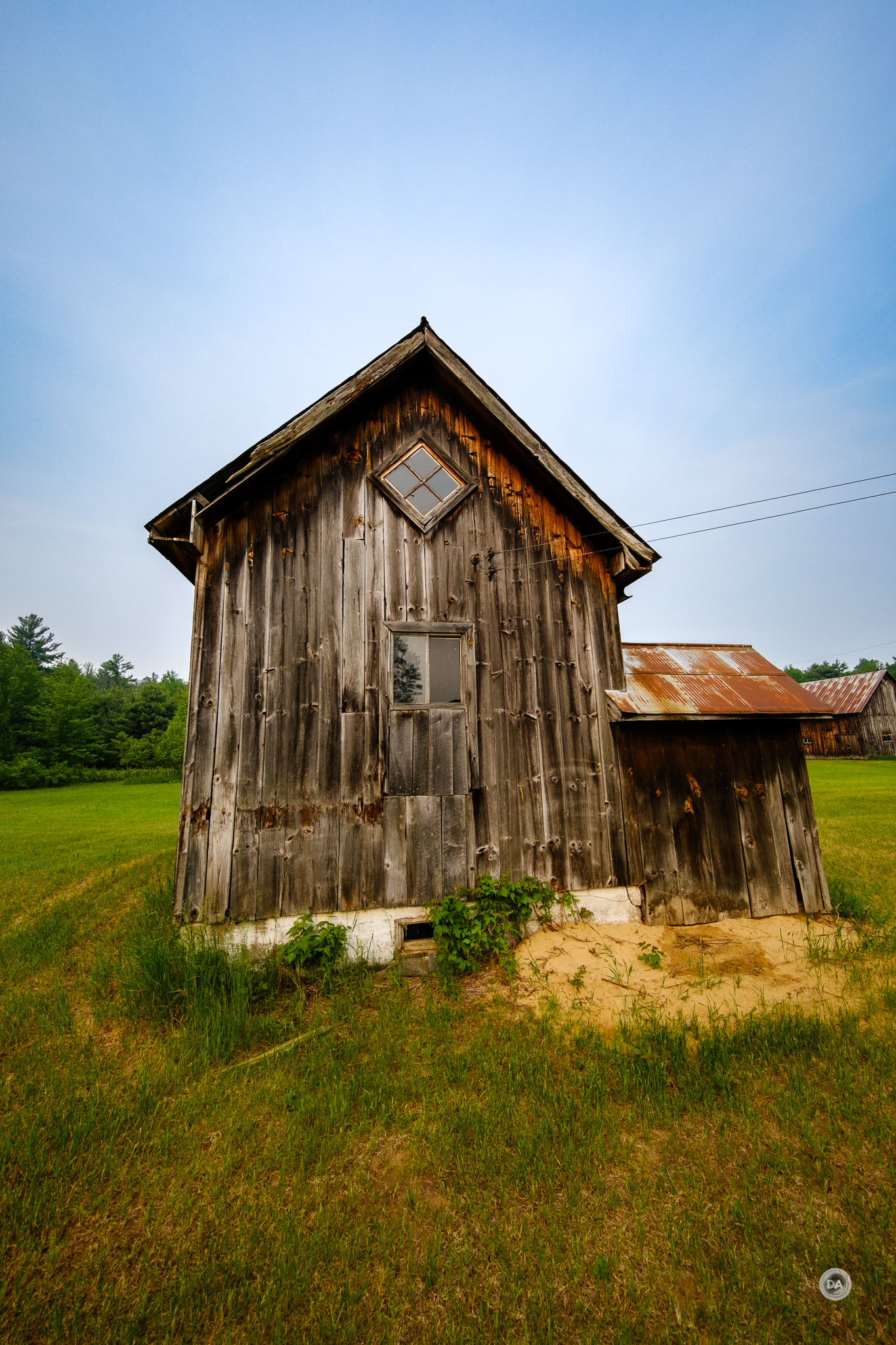
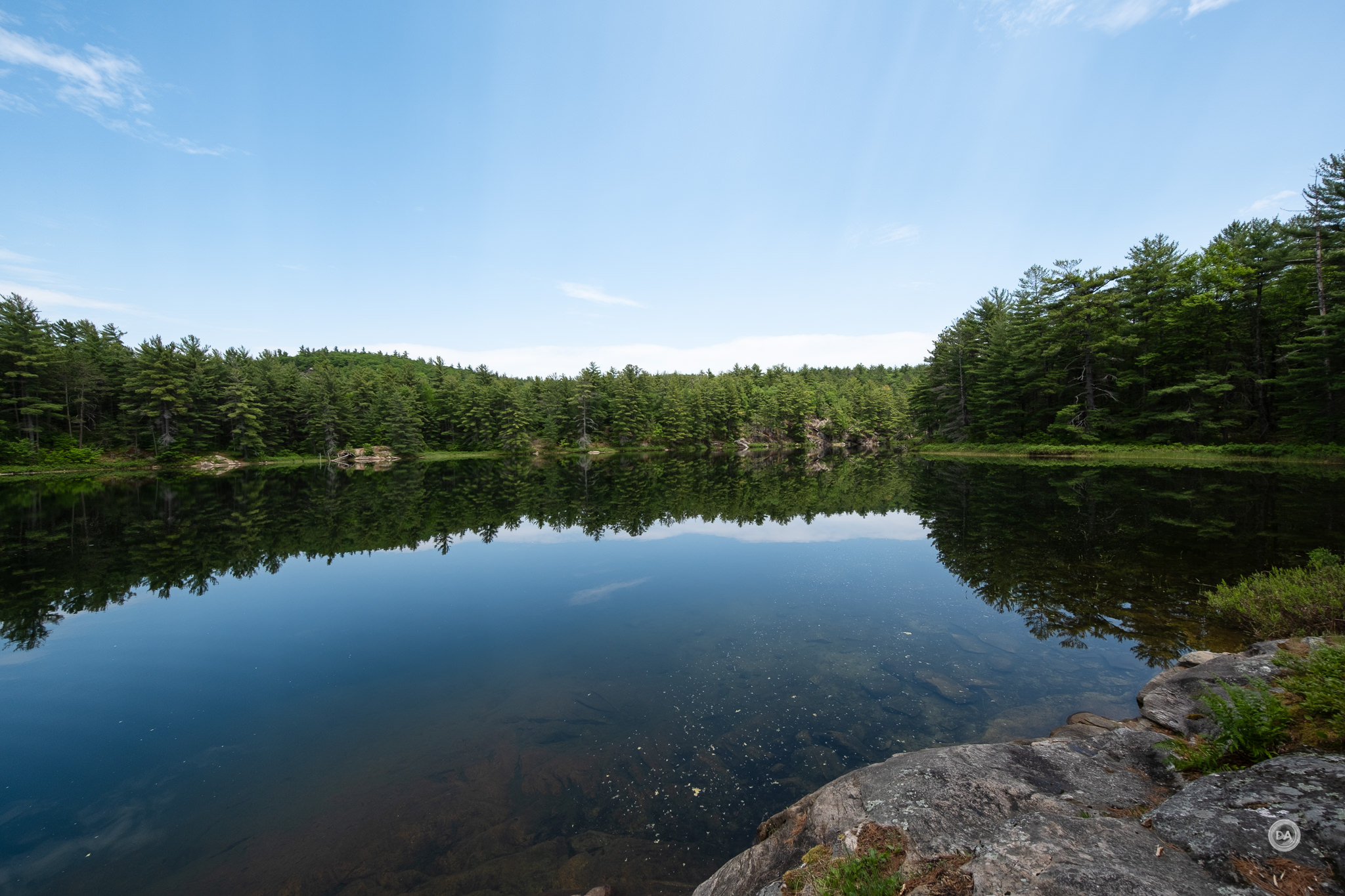
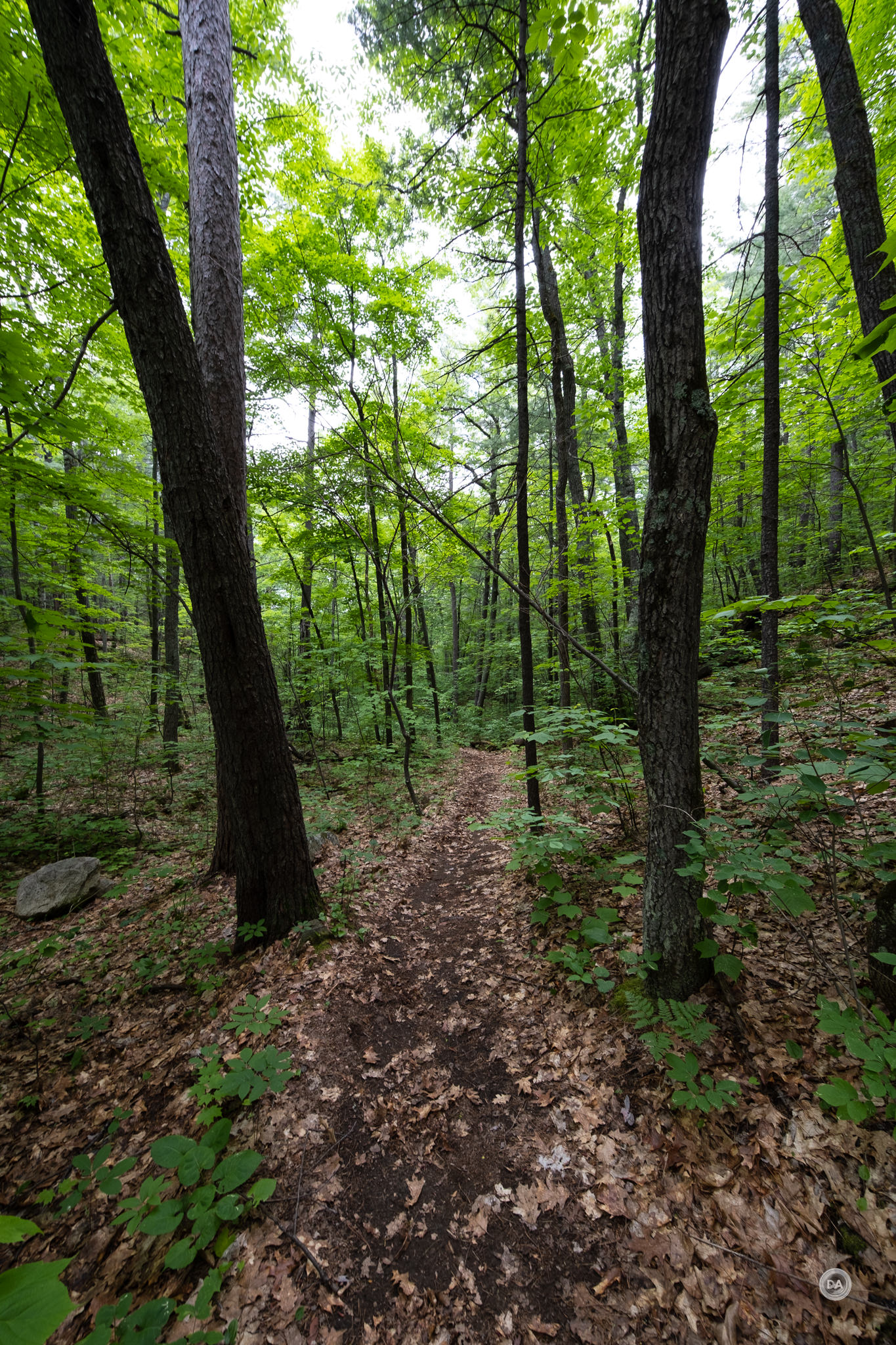
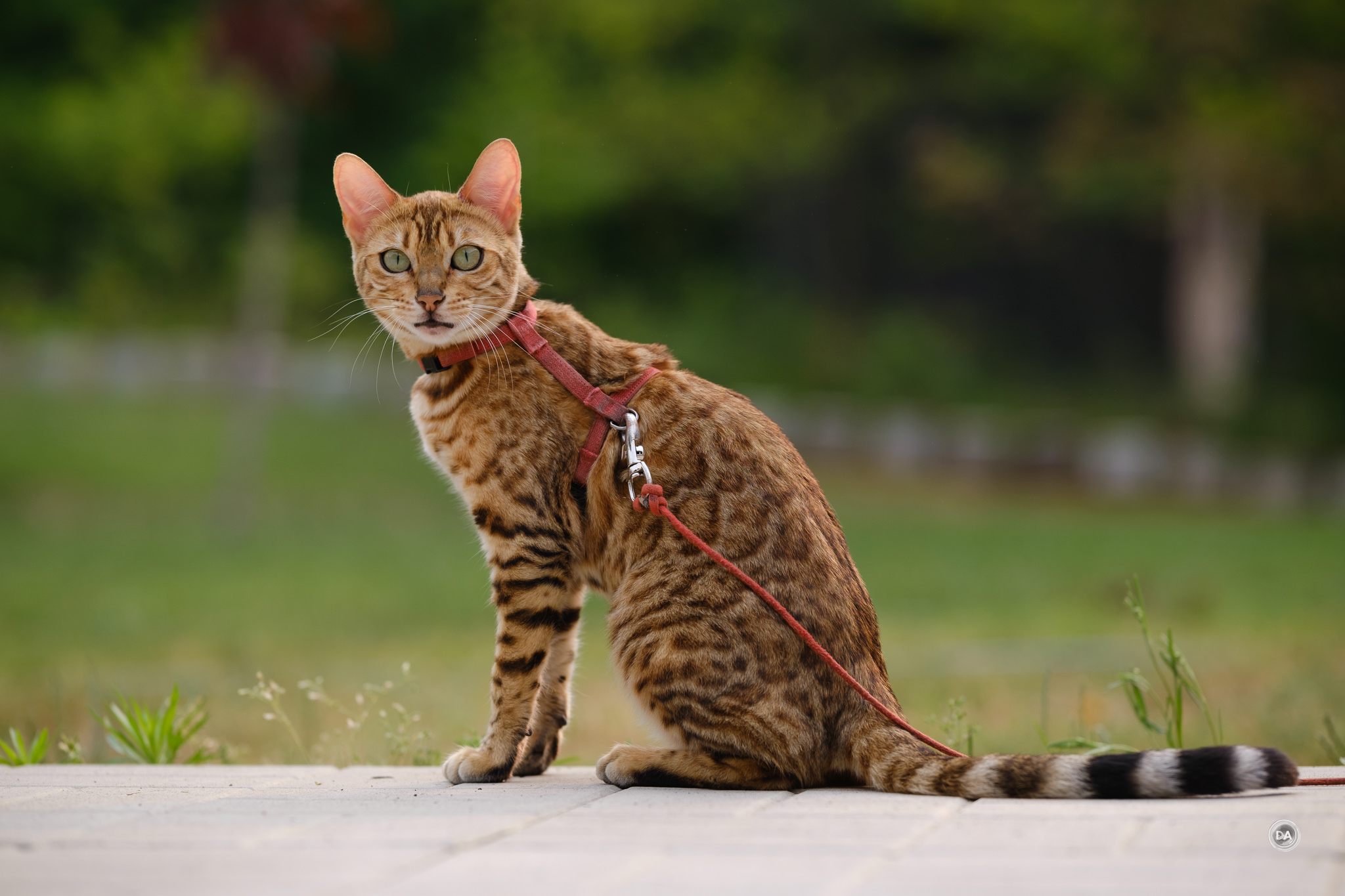
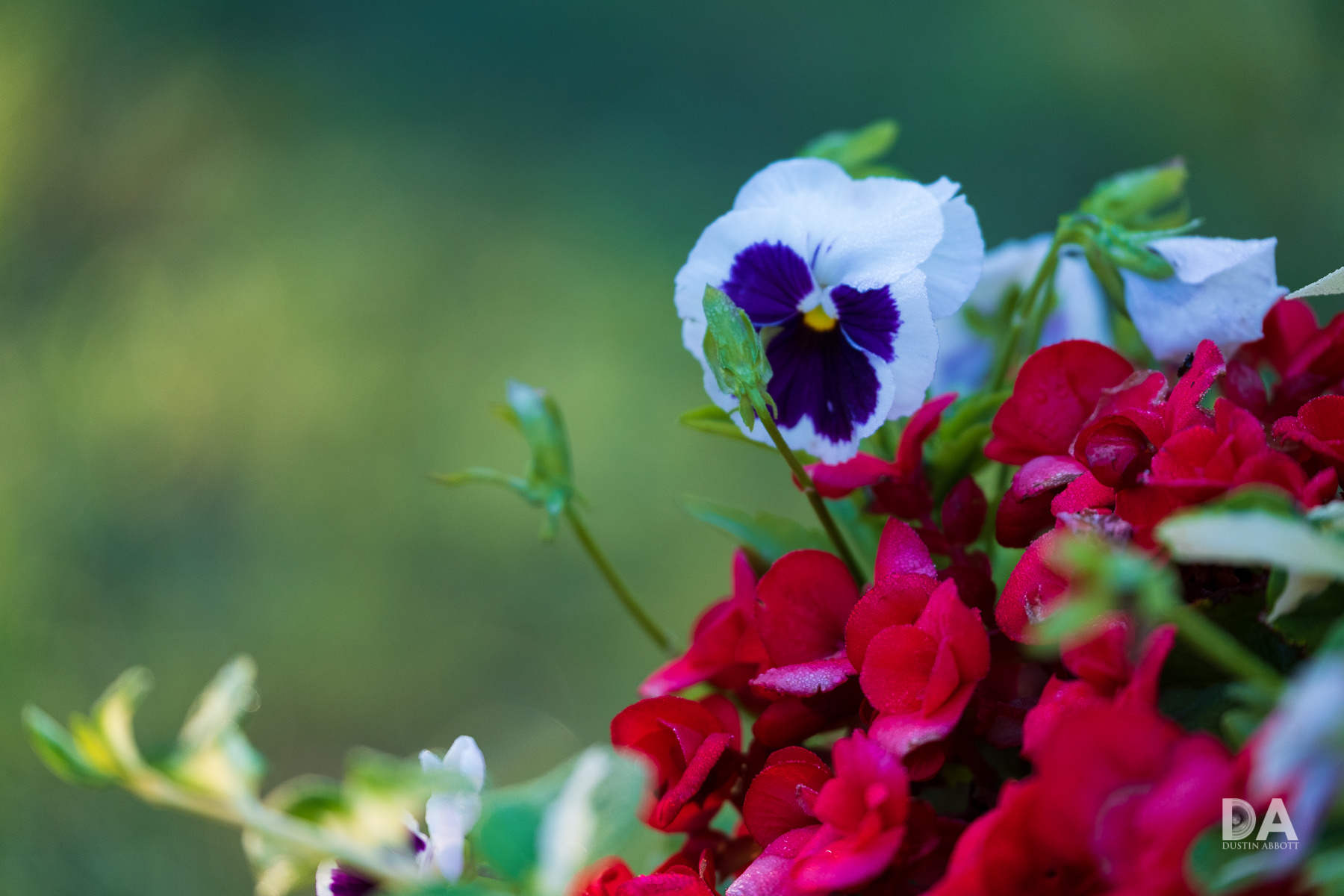
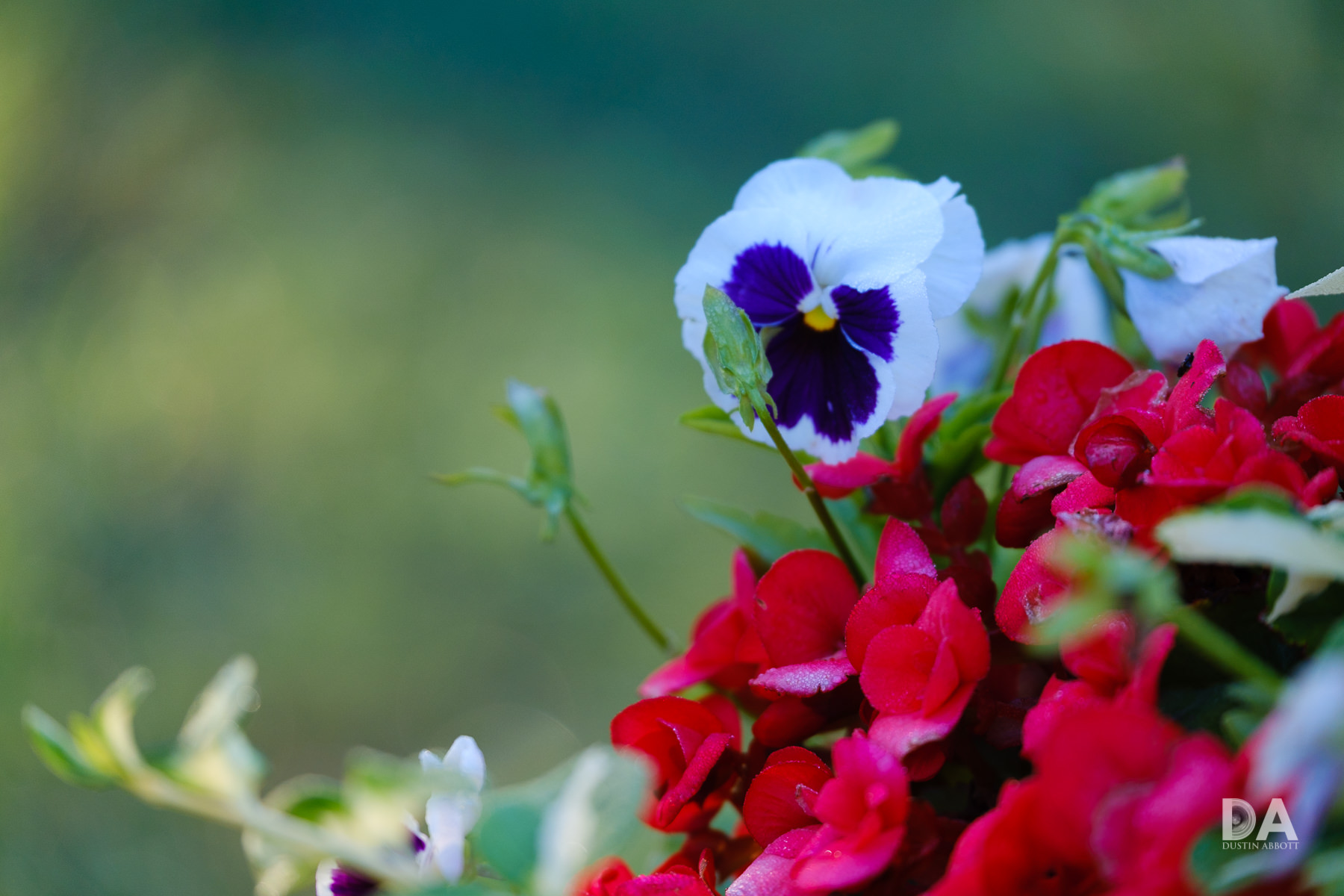
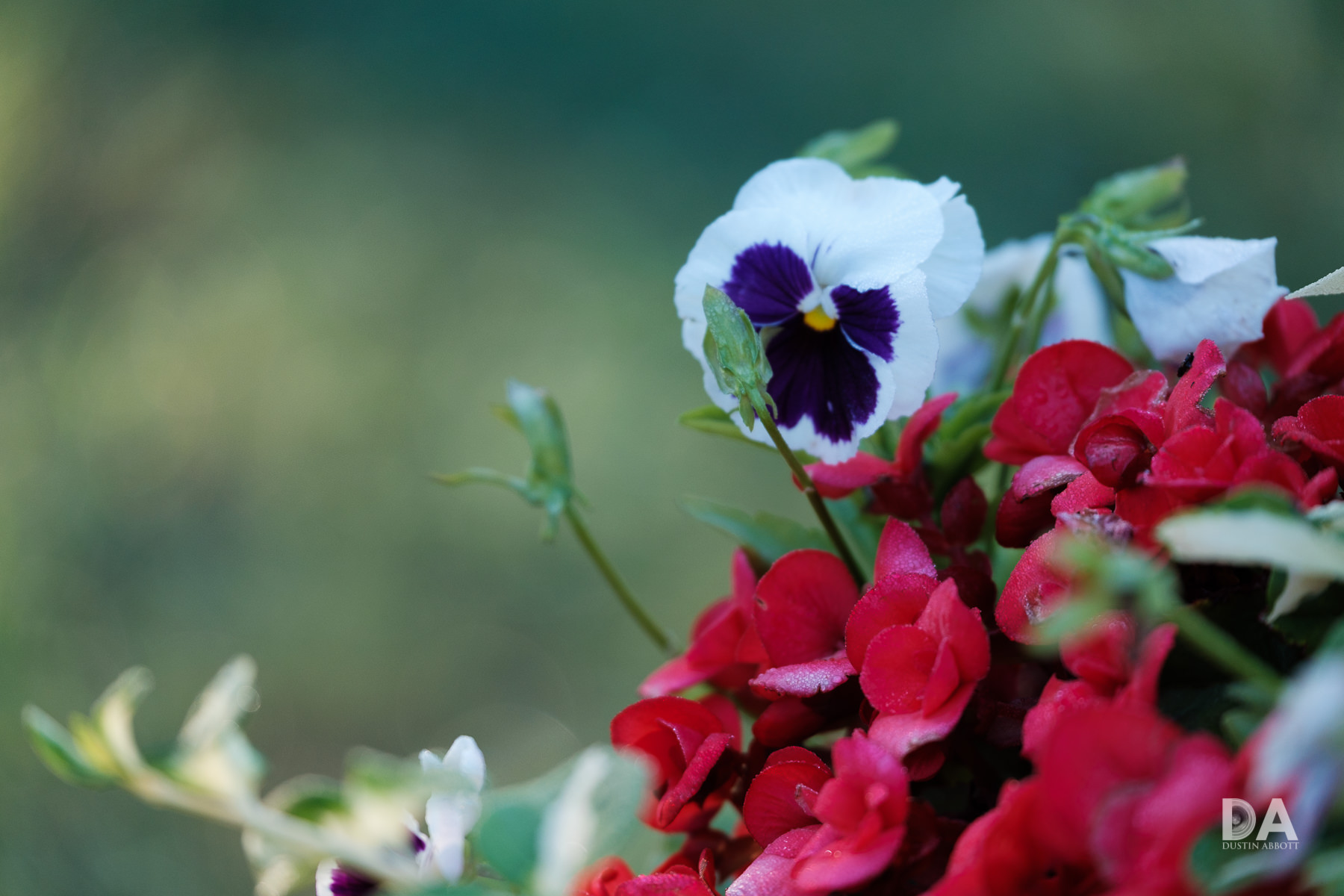

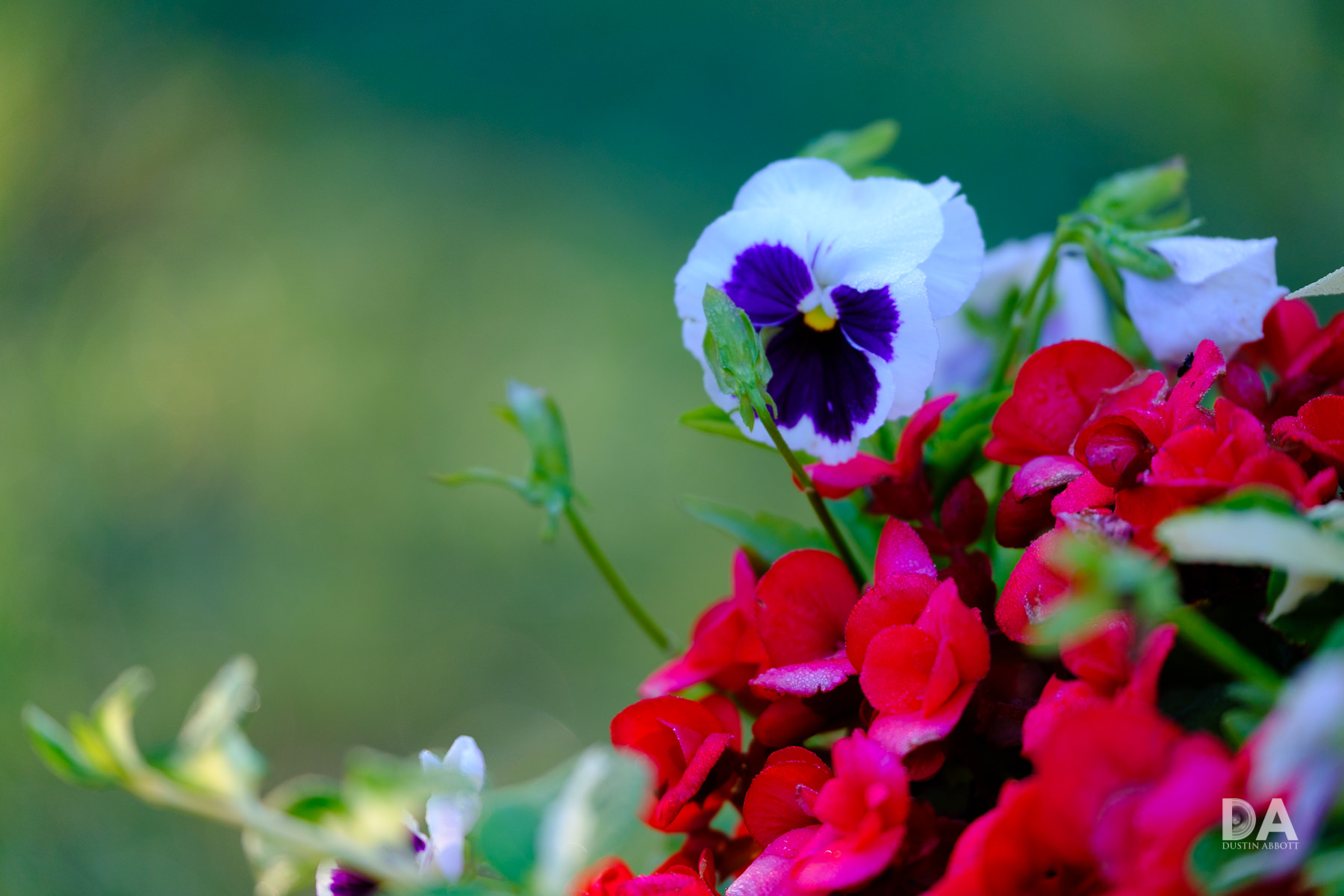
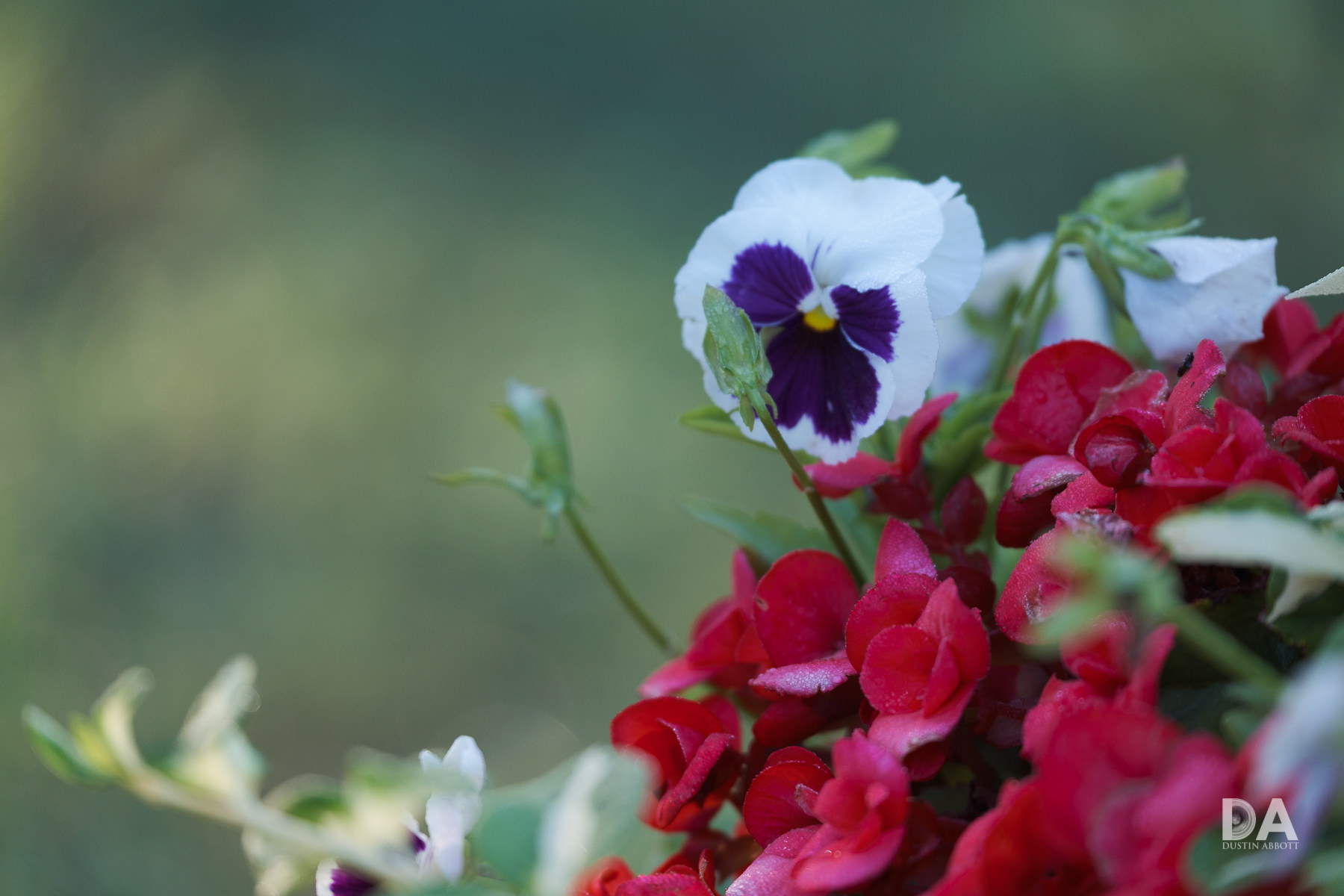


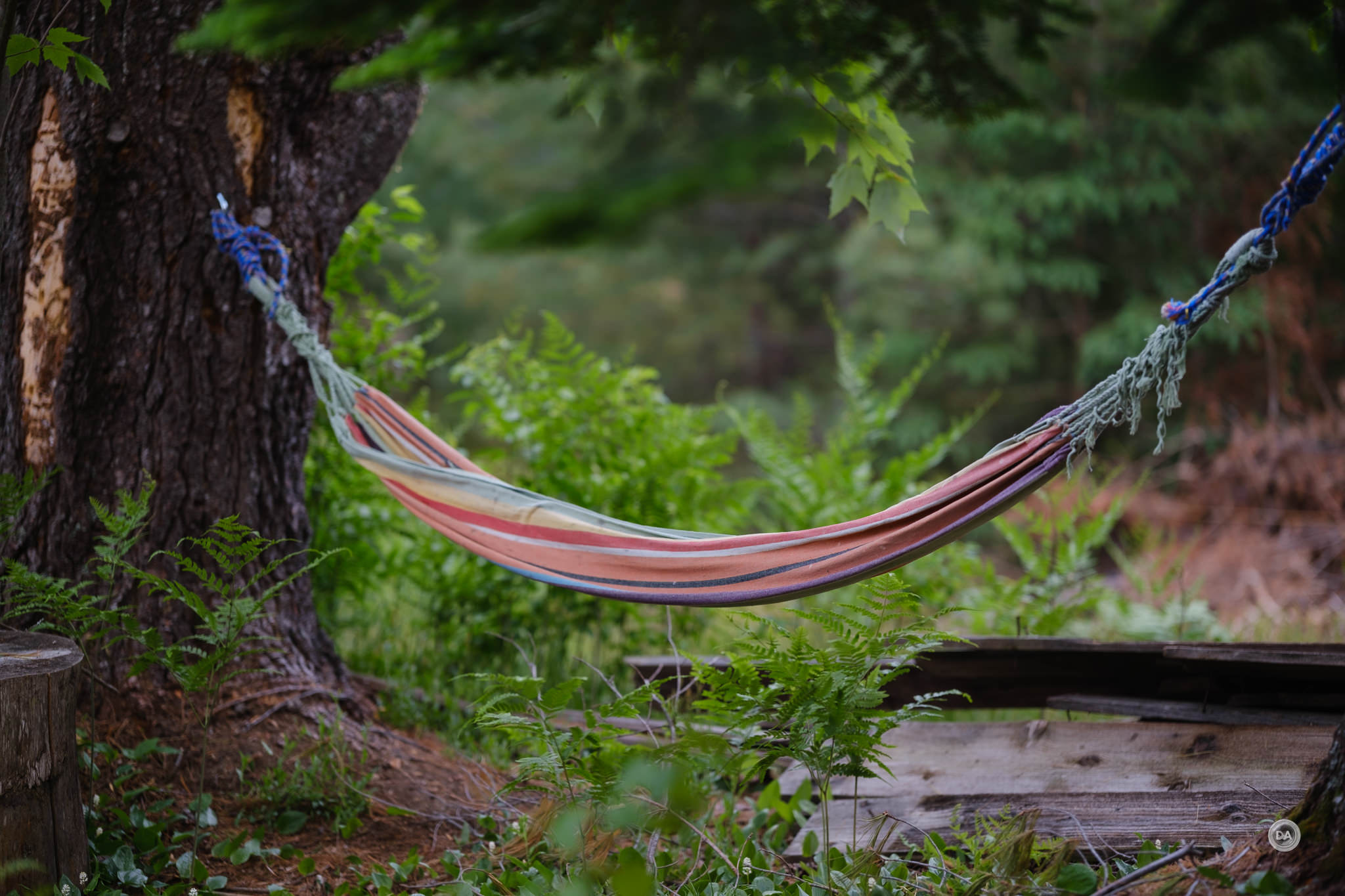
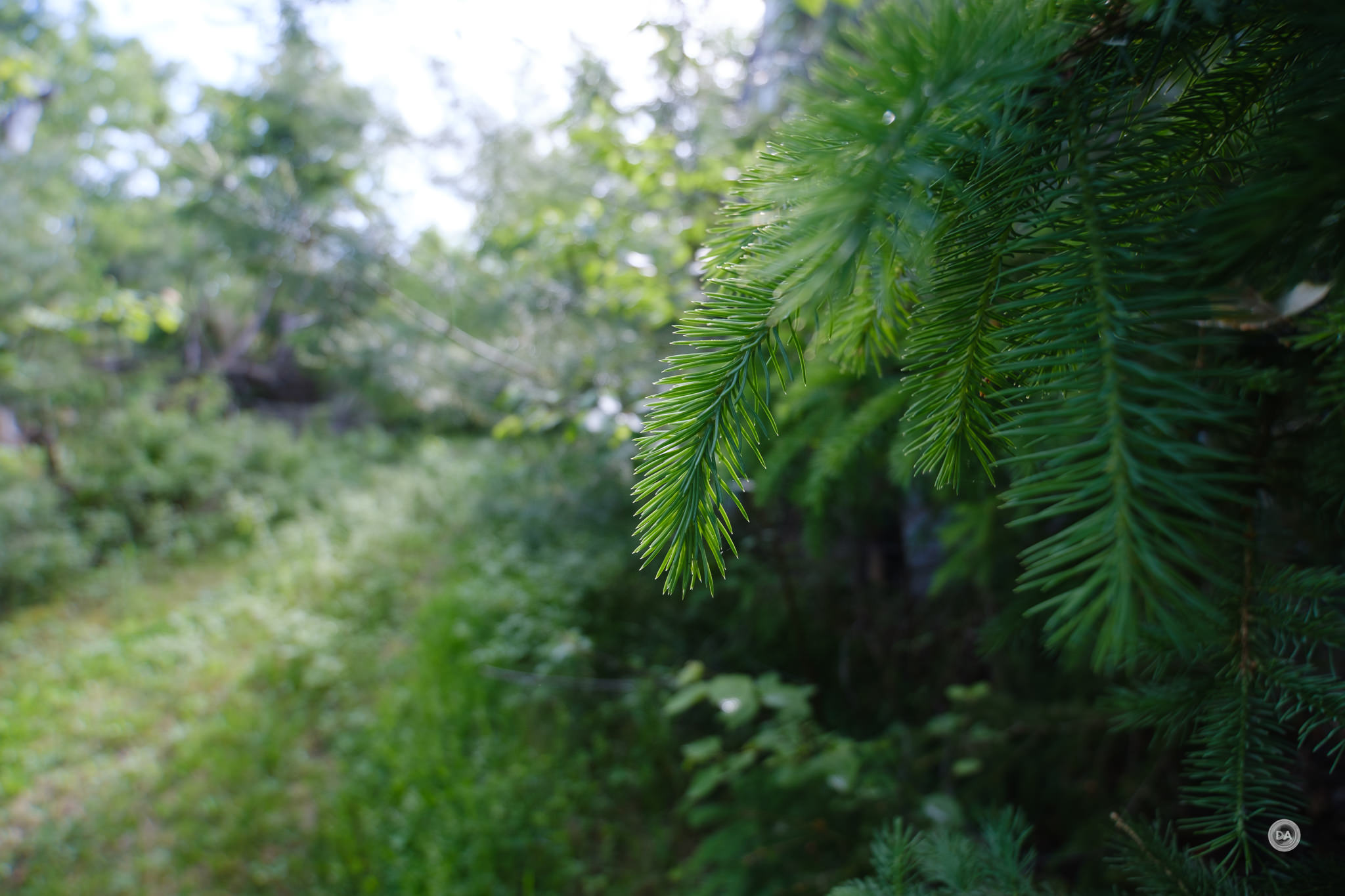

 Sirui Sniper 75mm F1.2 Review
Sirui Sniper 75mm F1.2 Review  Sirui Sniper 75mm F1.2 Gallery
Sirui Sniper 75mm F1.2 Gallery  Tamron 70-300mm F4.5-6.3 RXD Z-mount Review
Tamron 70-300mm F4.5-6.3 RXD Z-mount Review  Nikkor Z 40mm F2 Review
Nikkor Z 40mm F2 Review 





